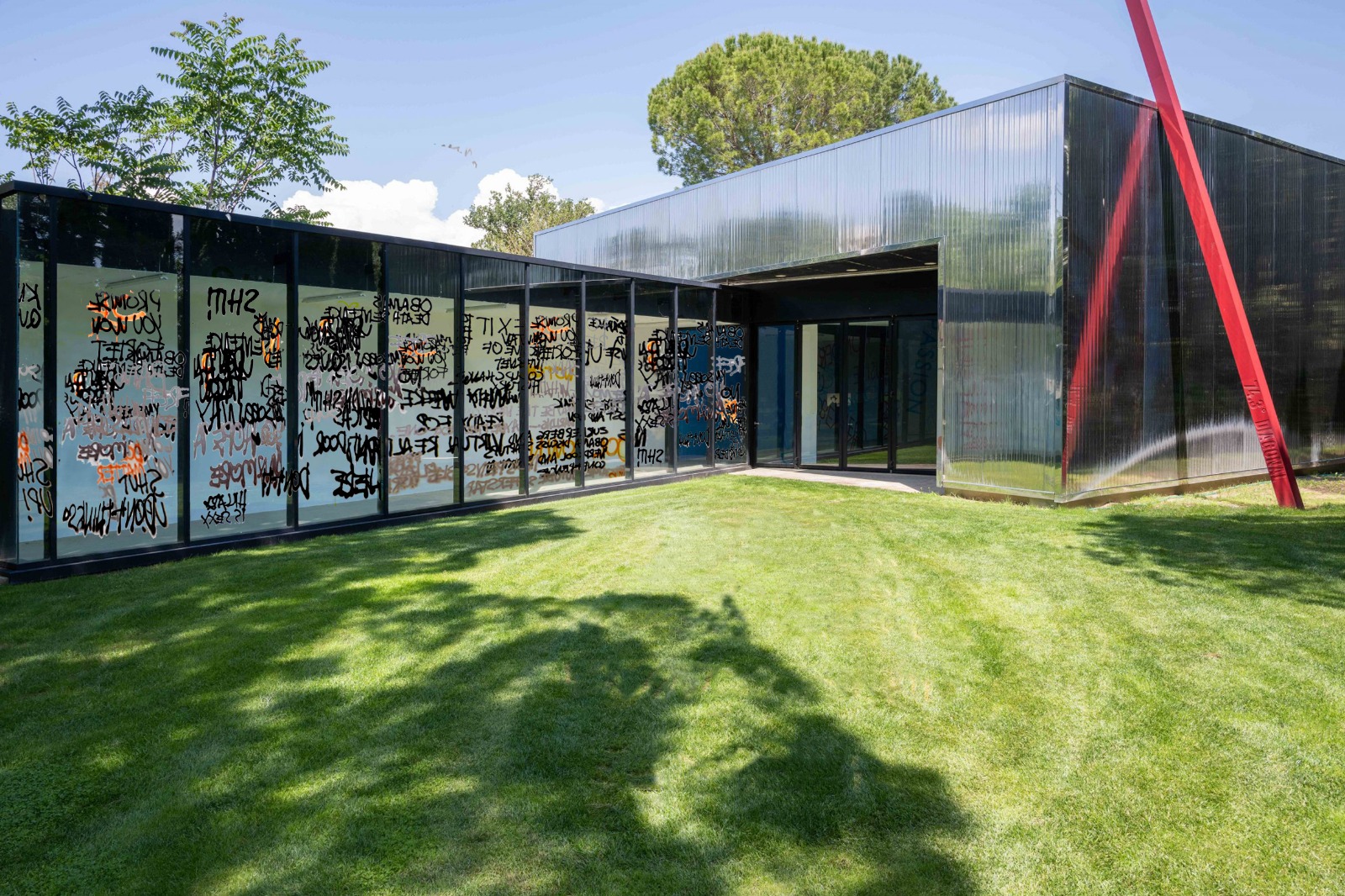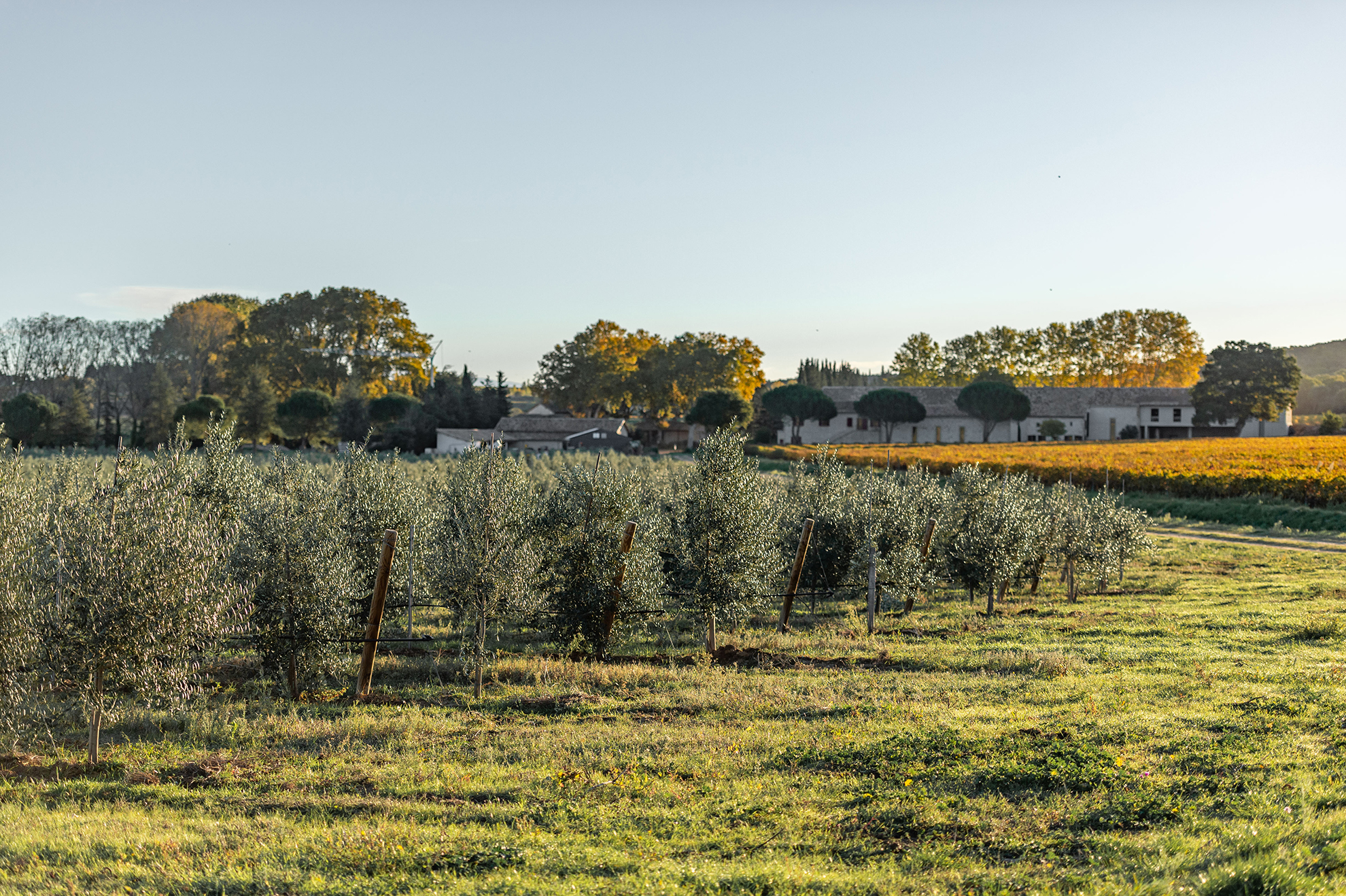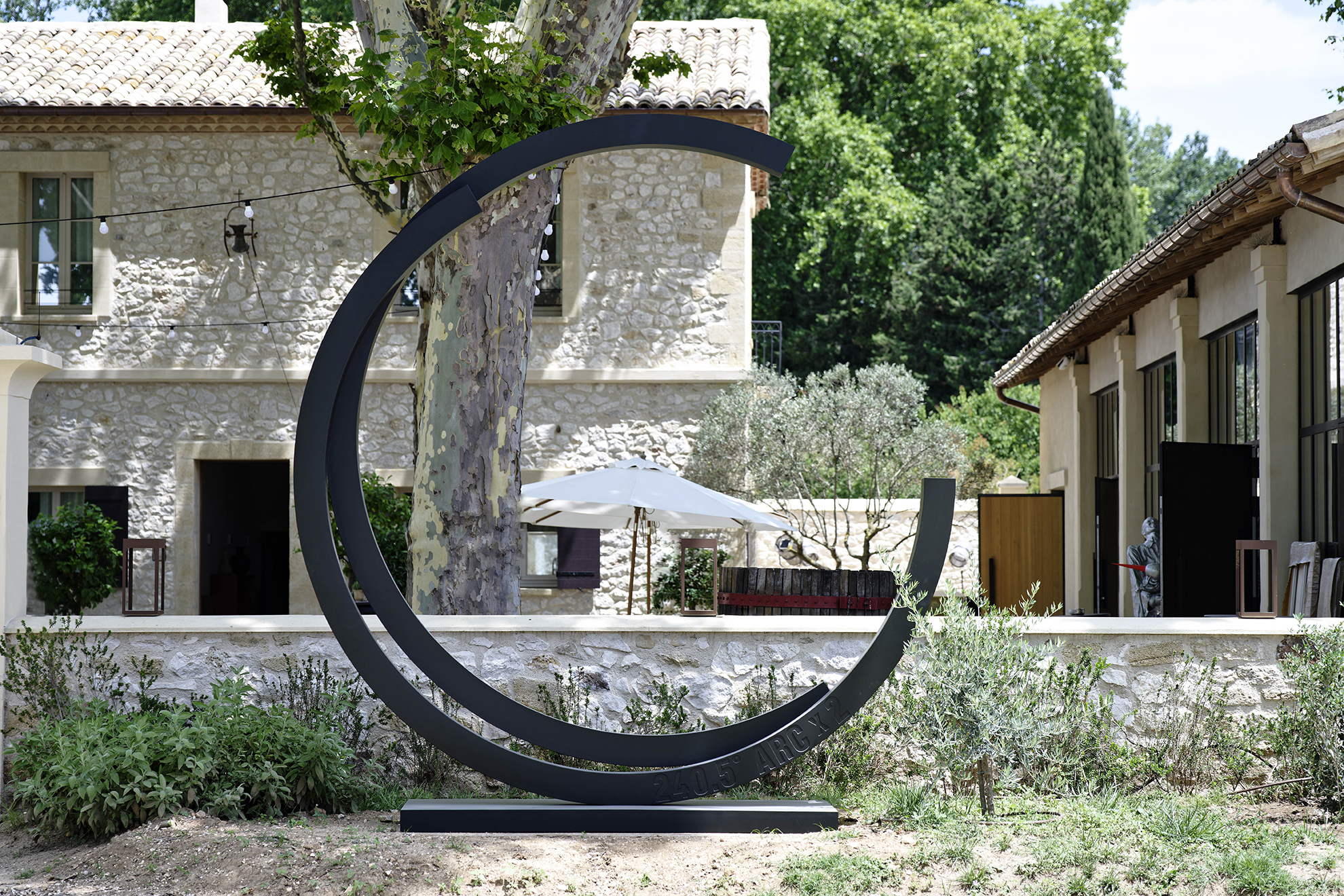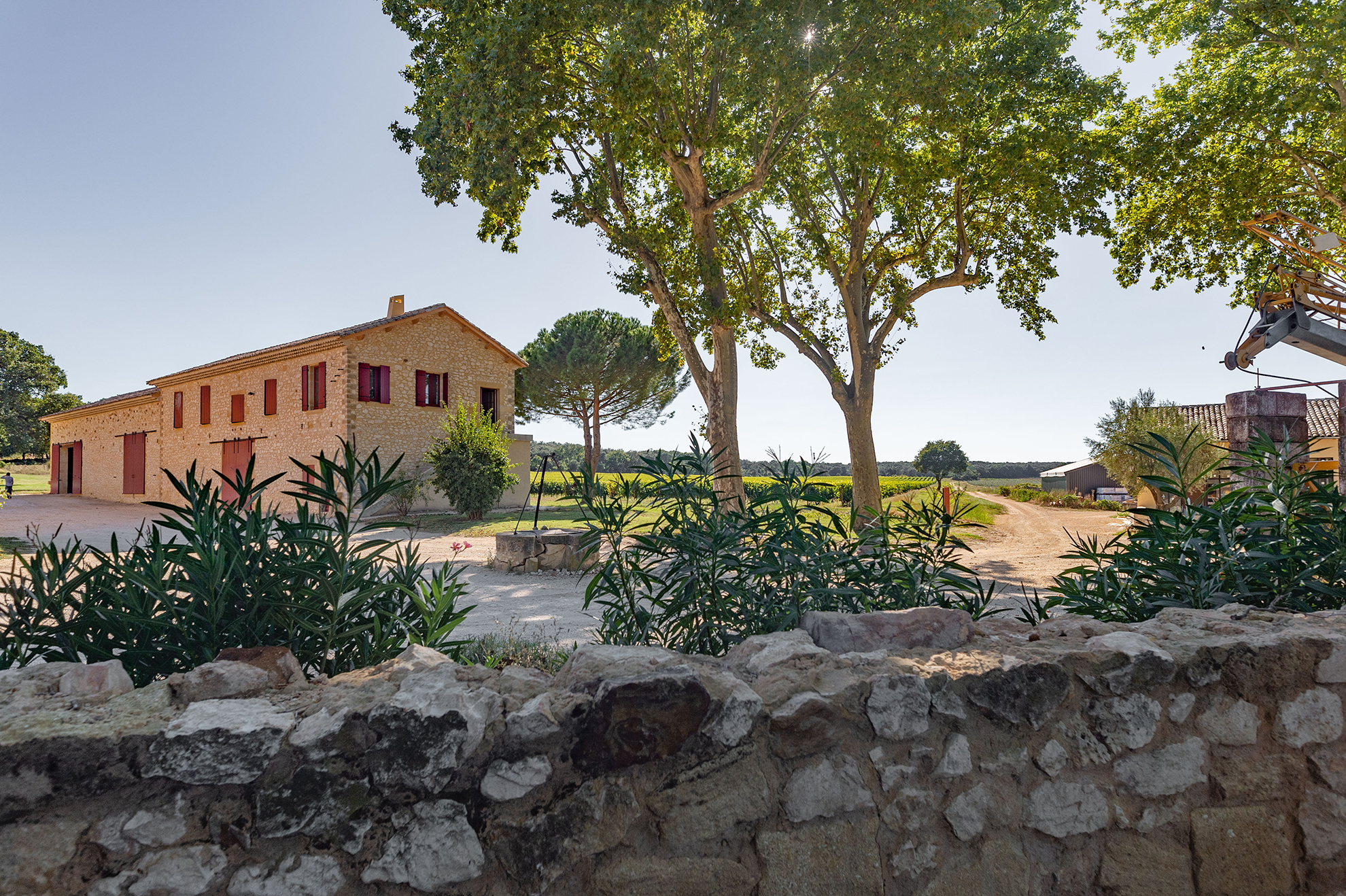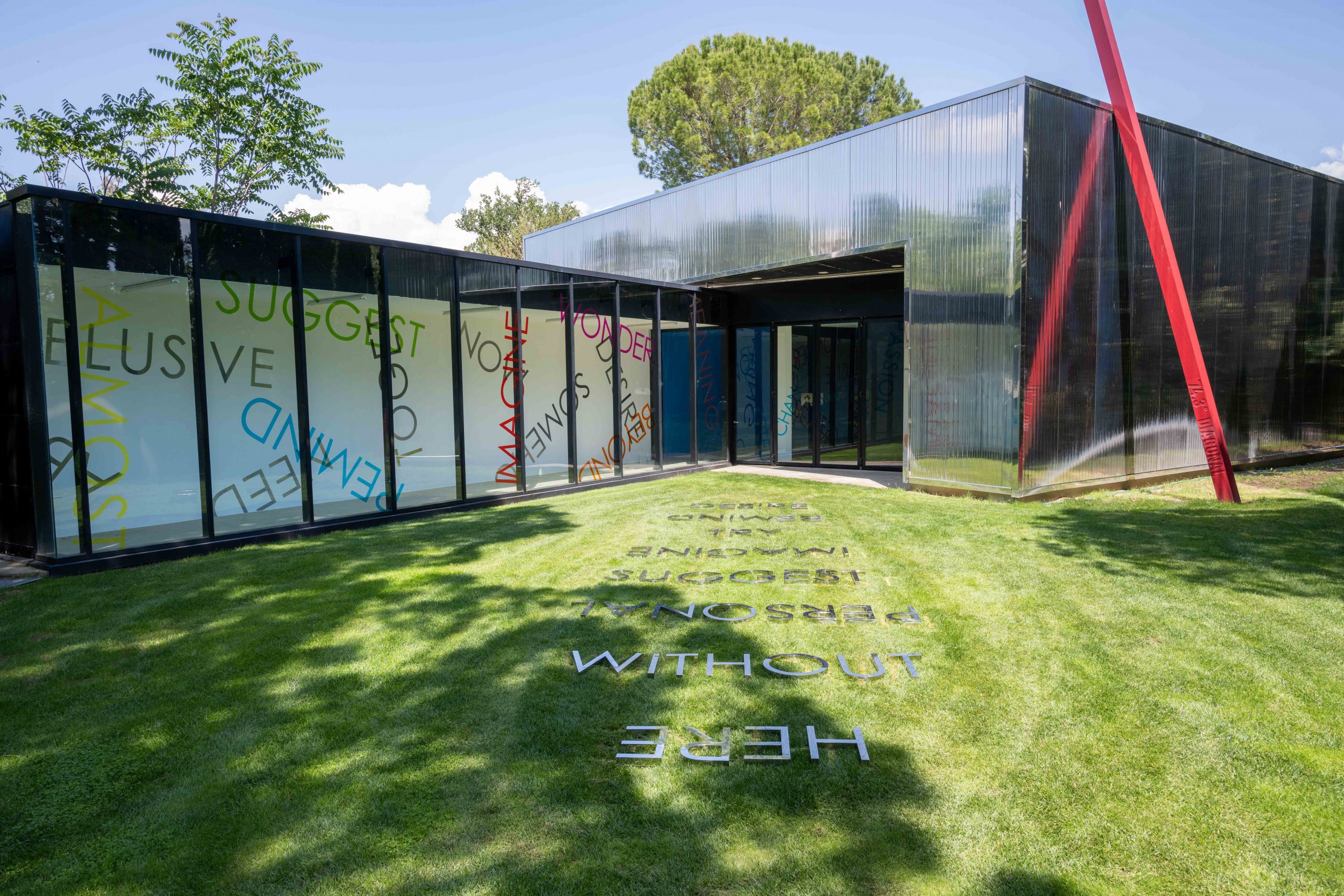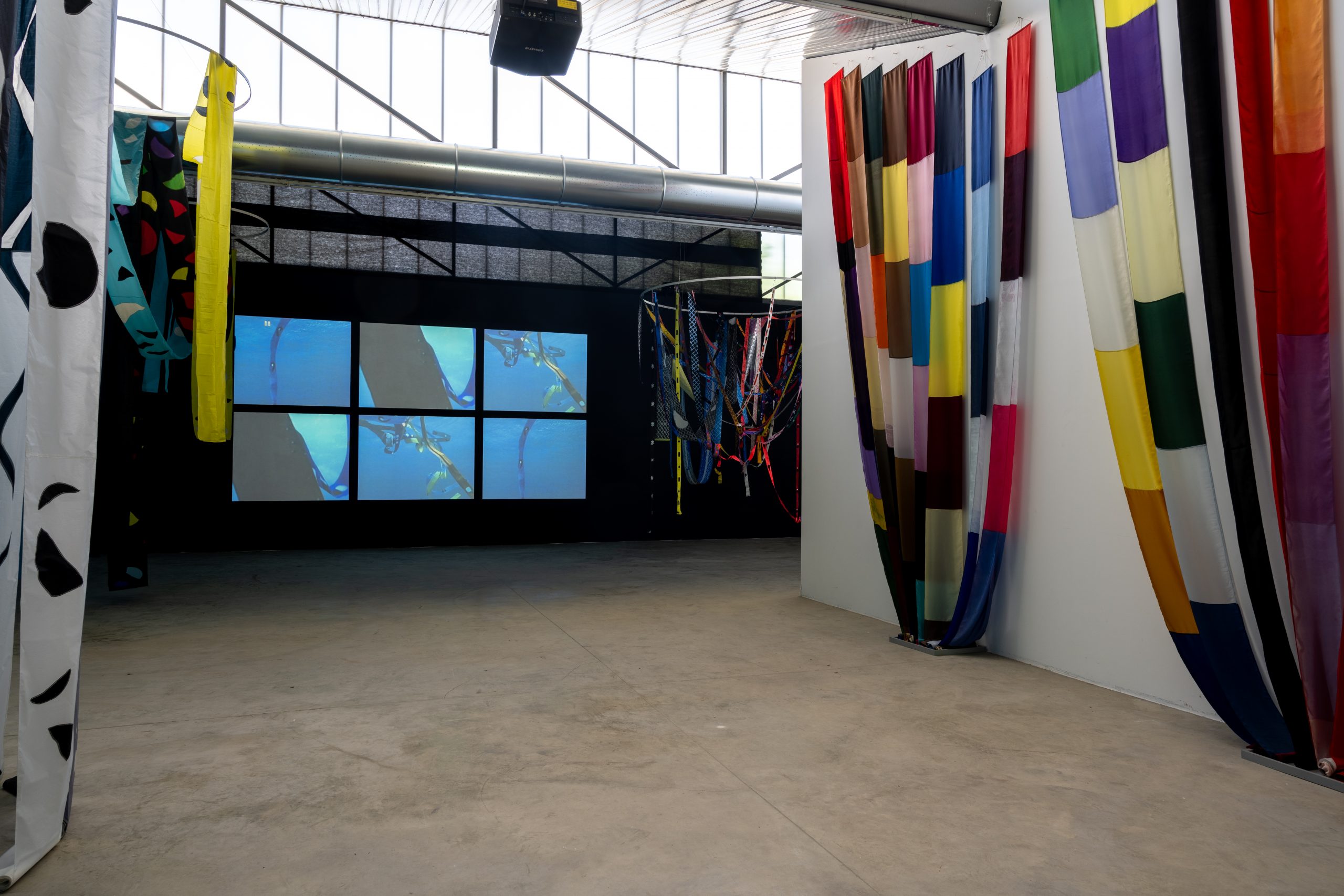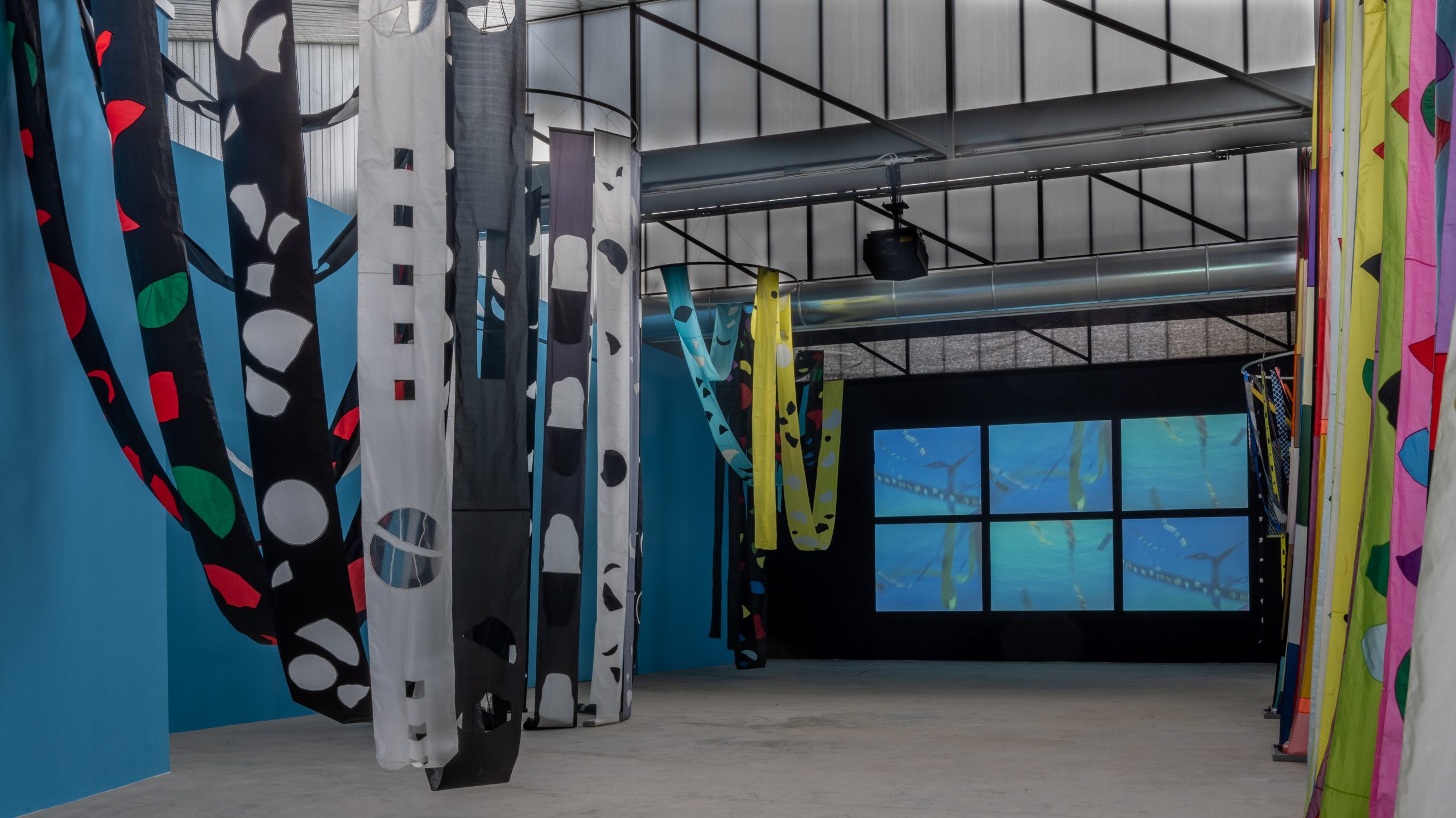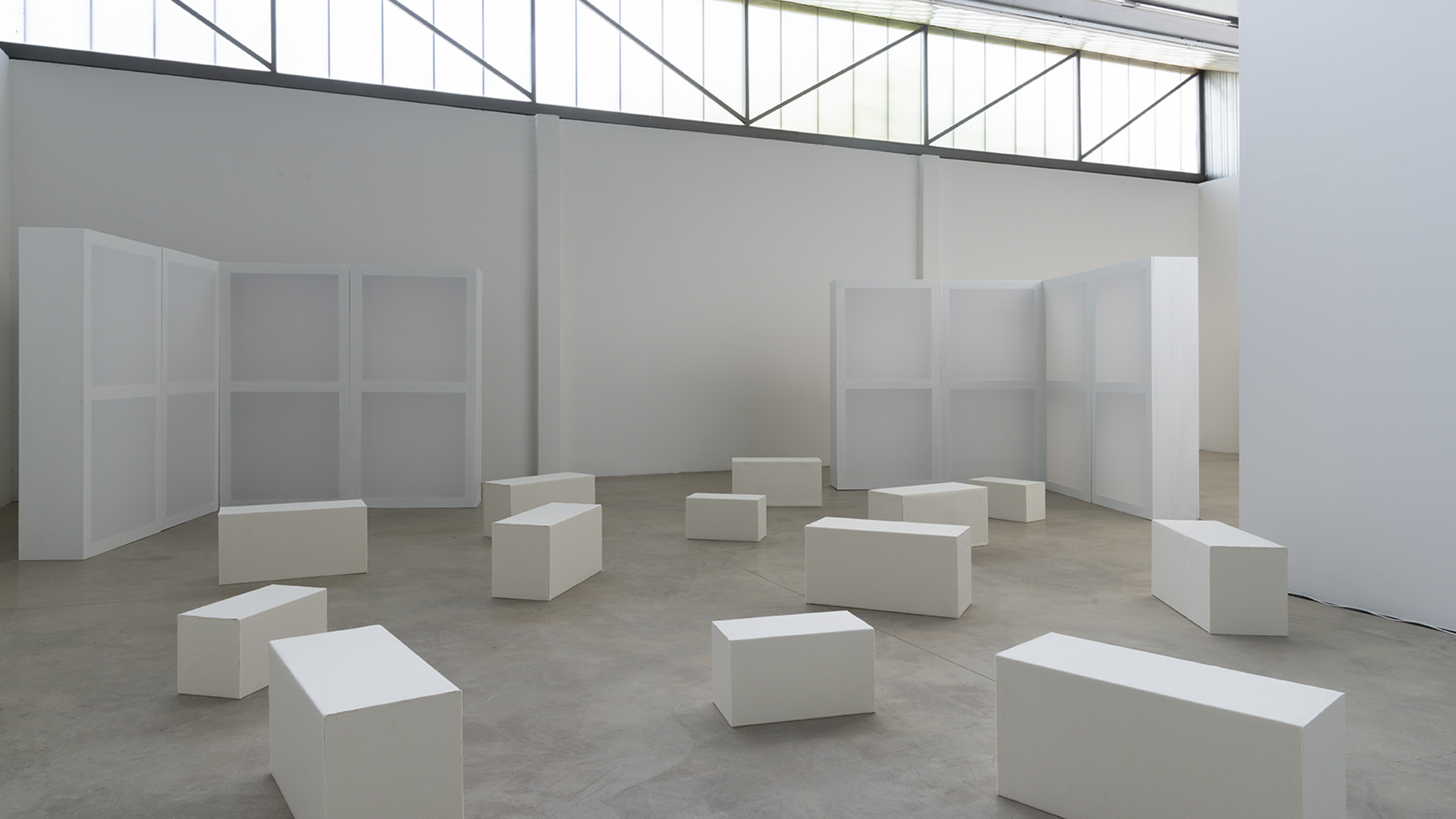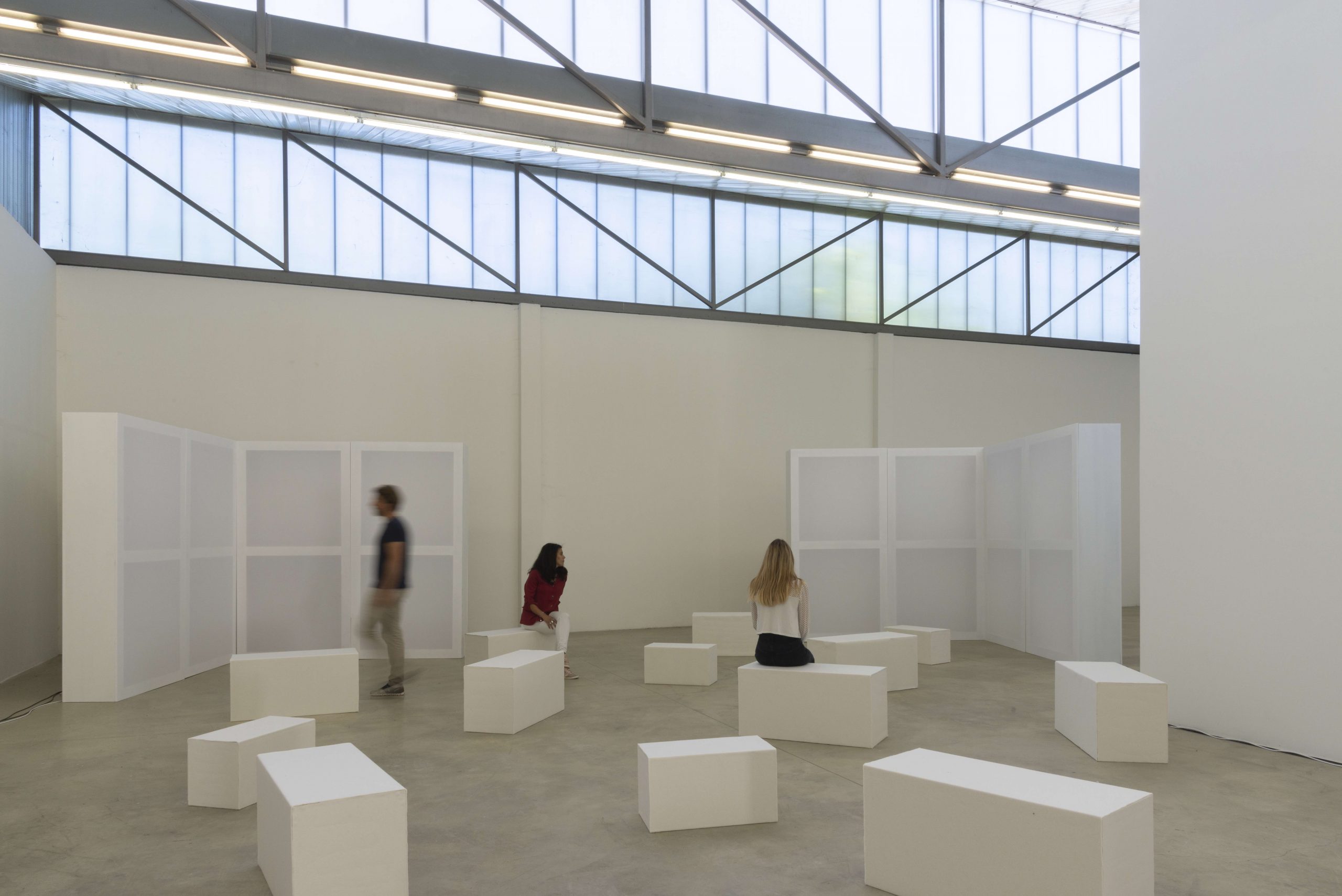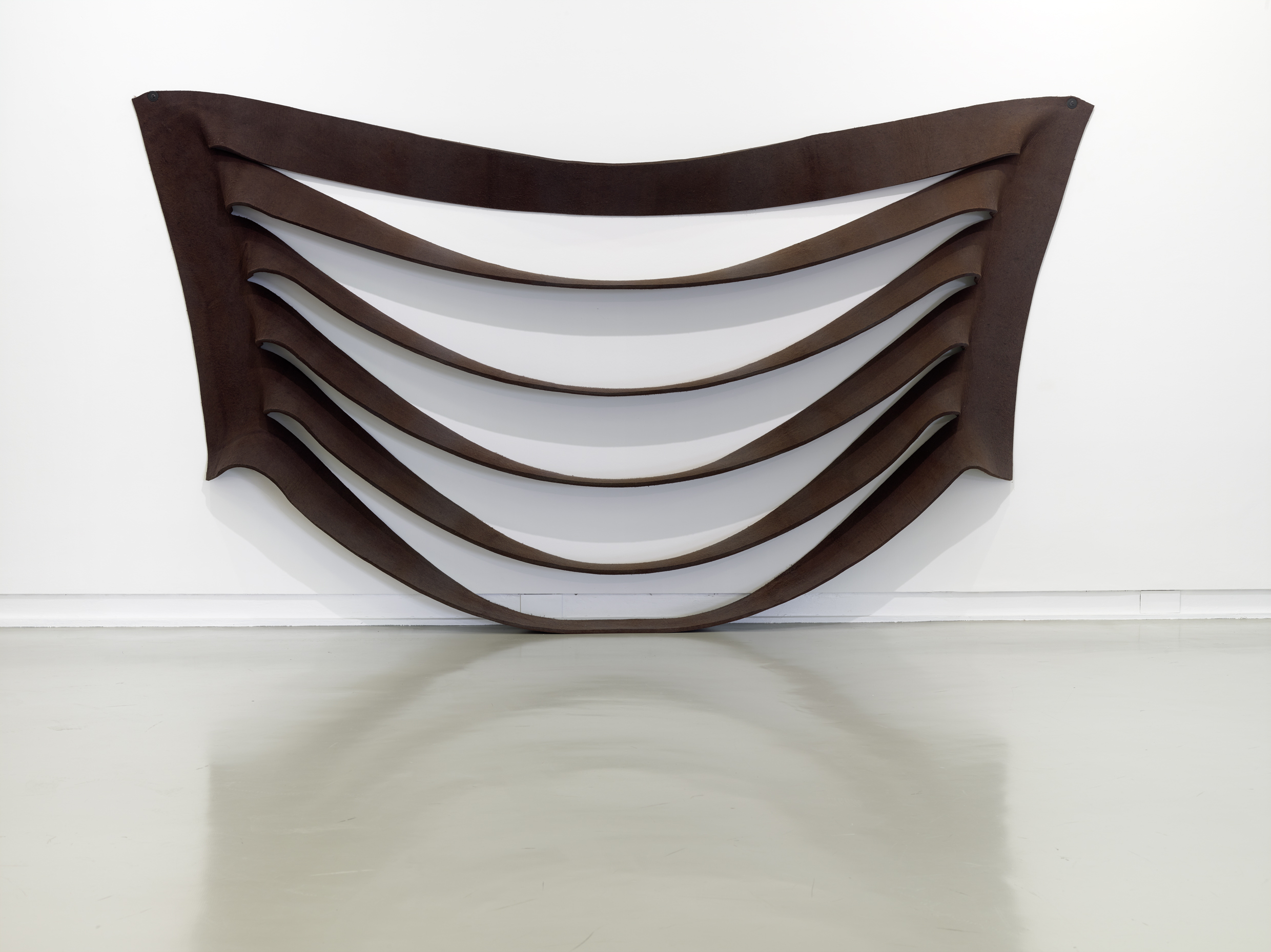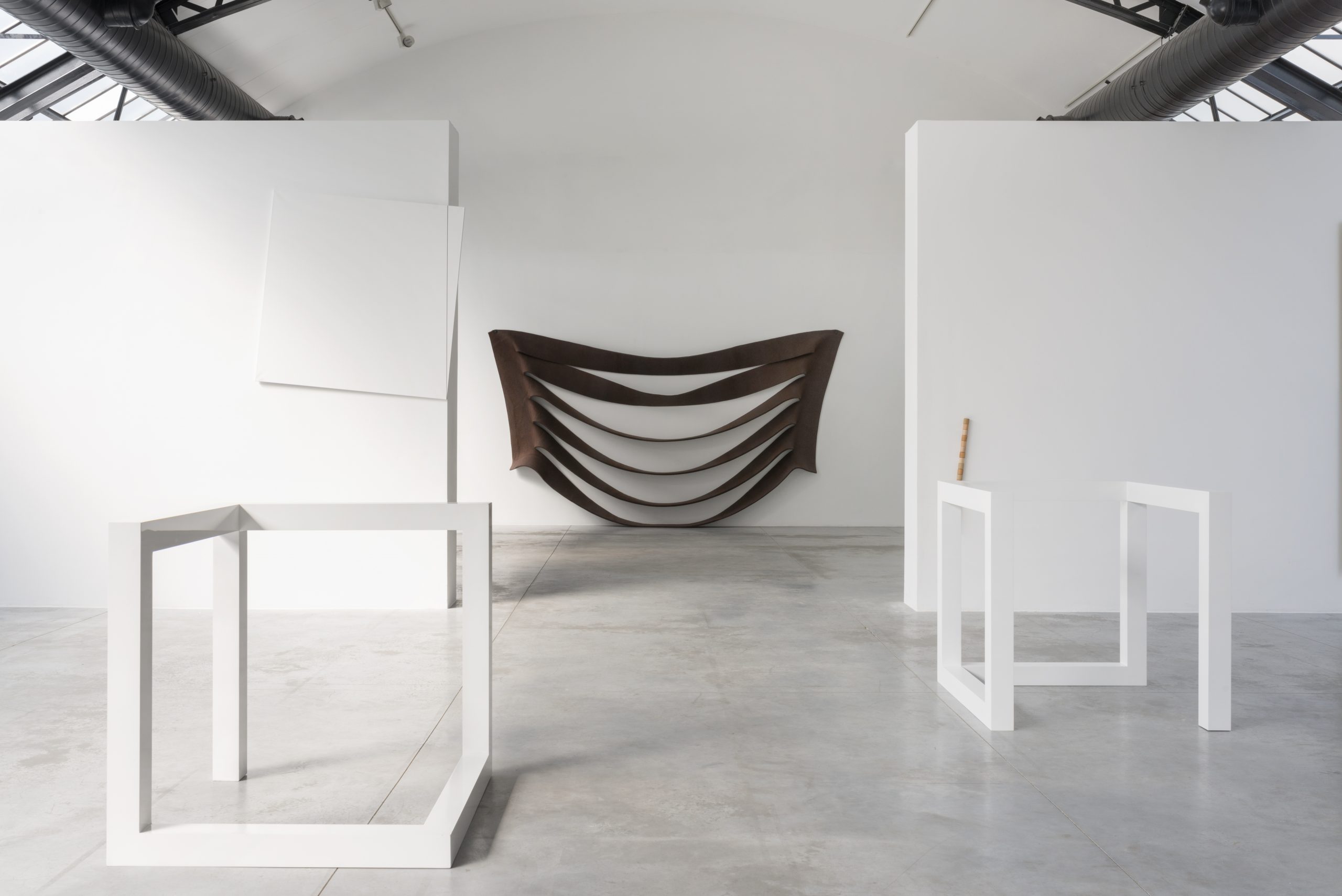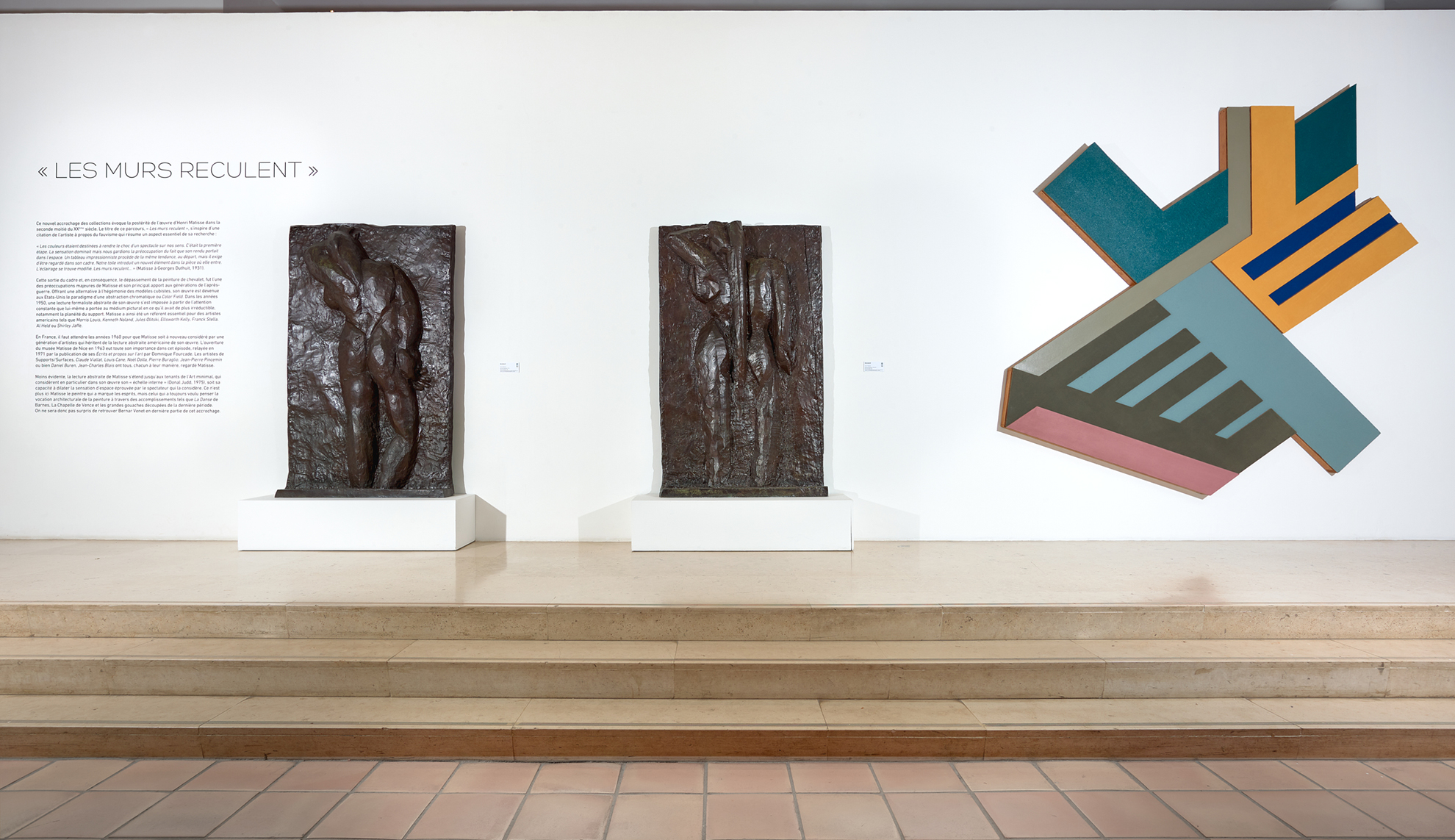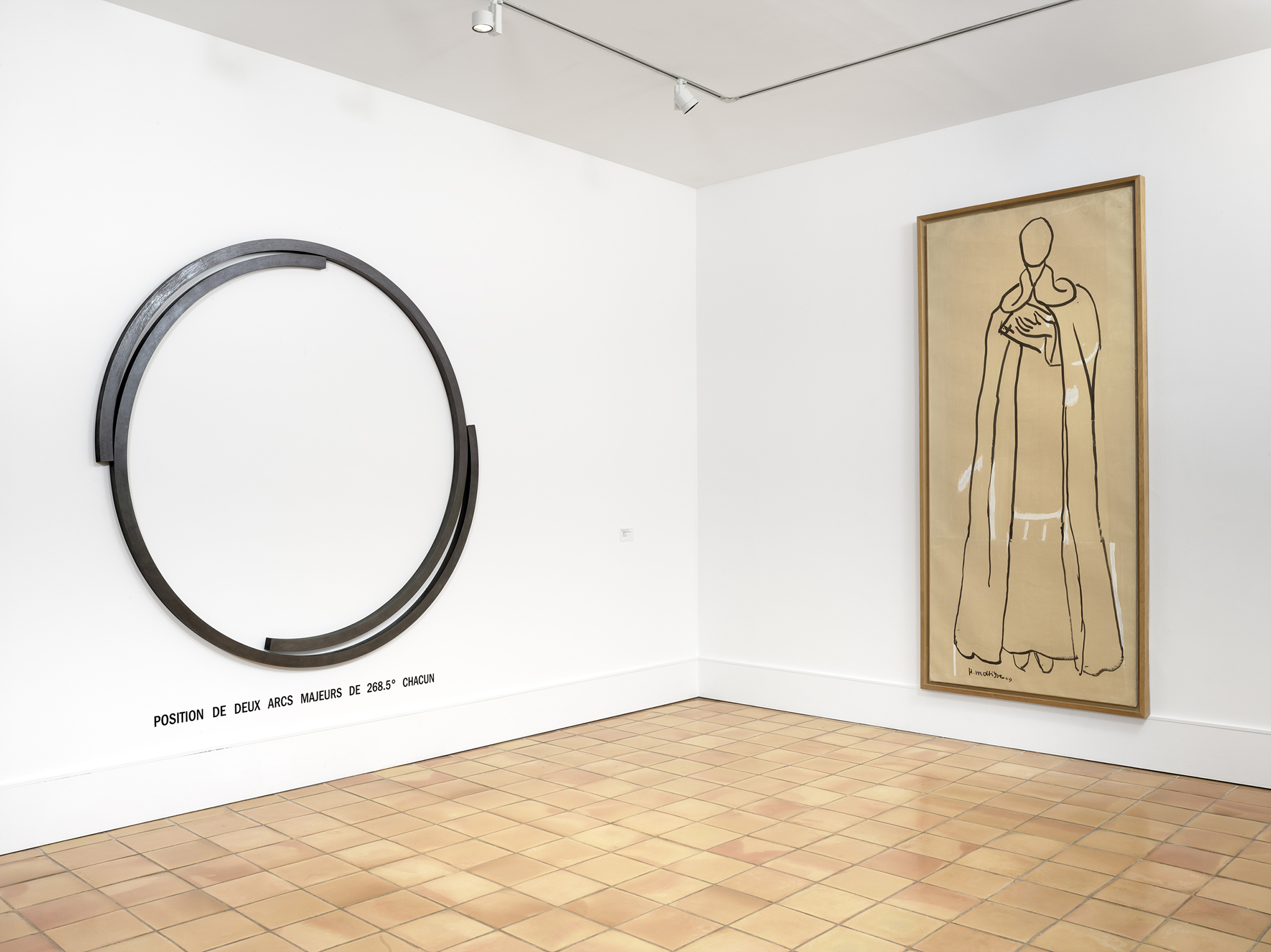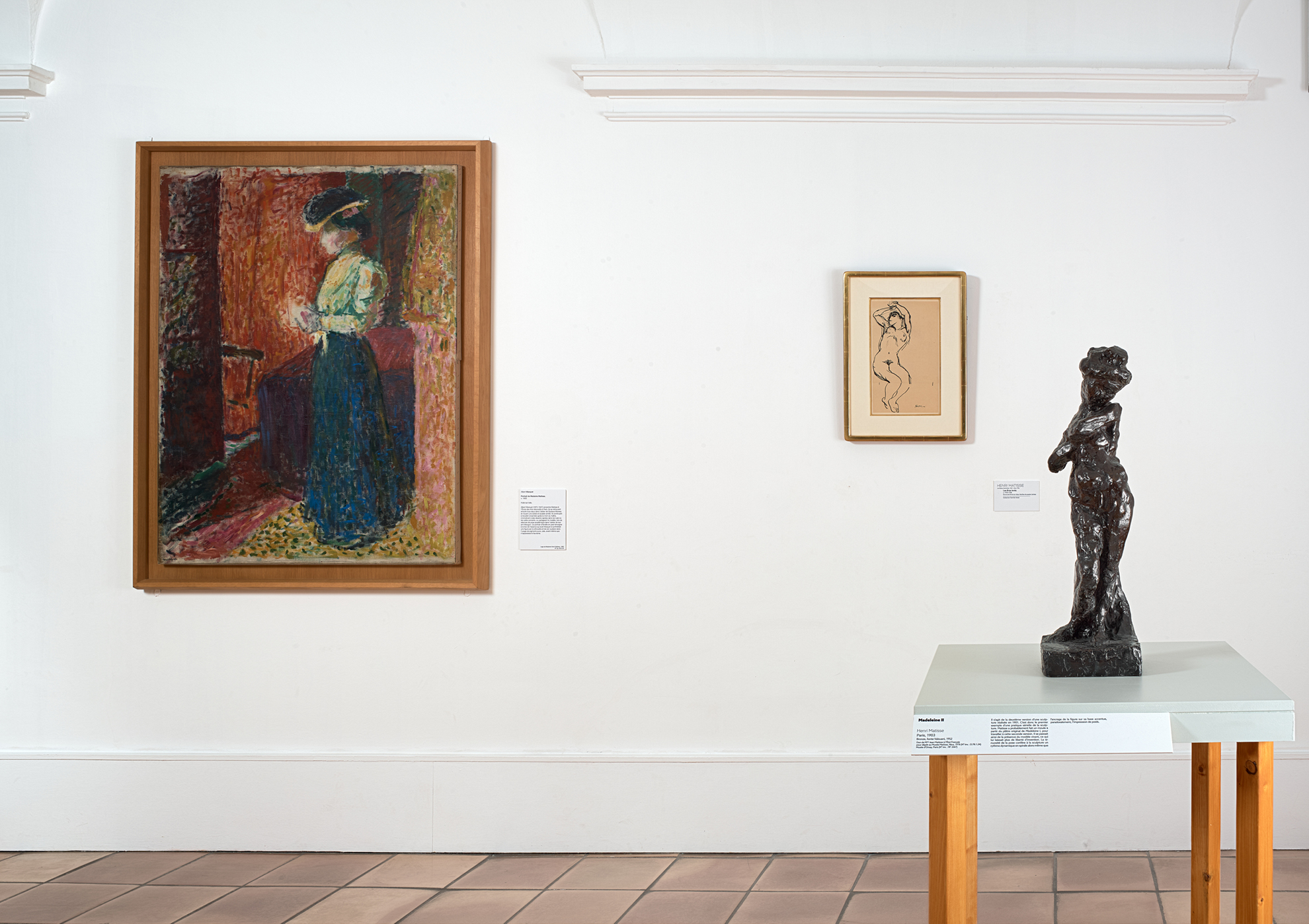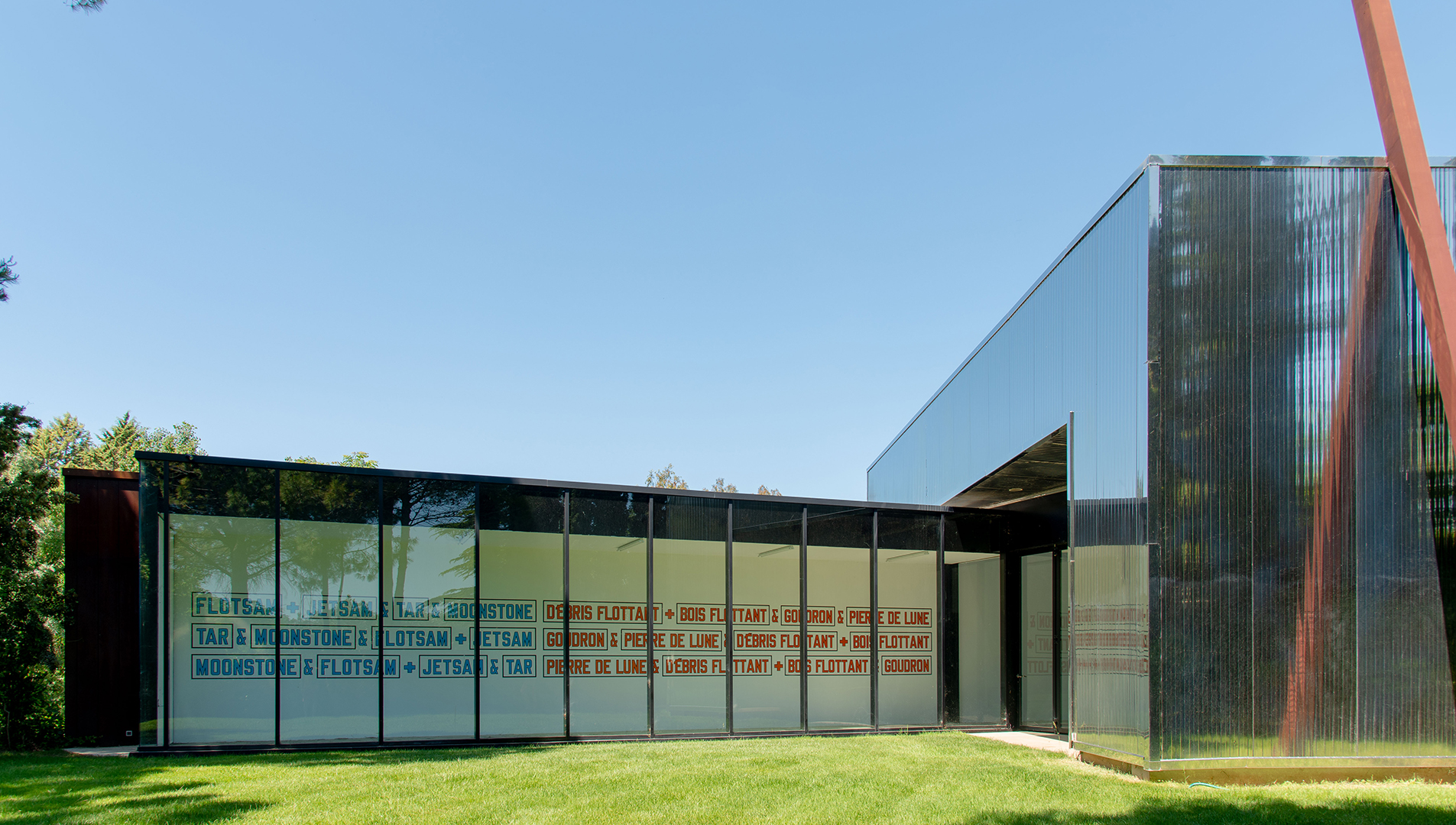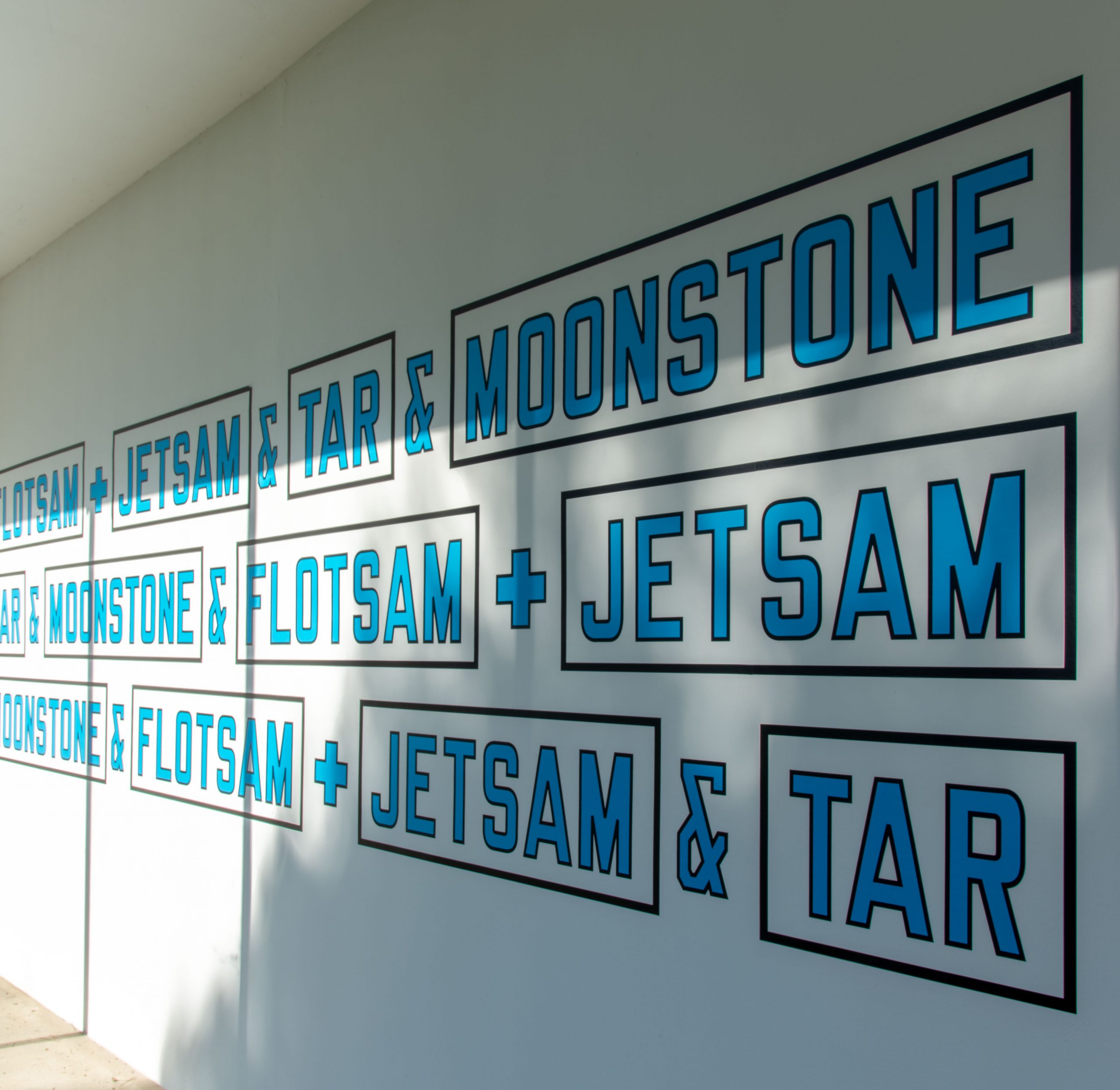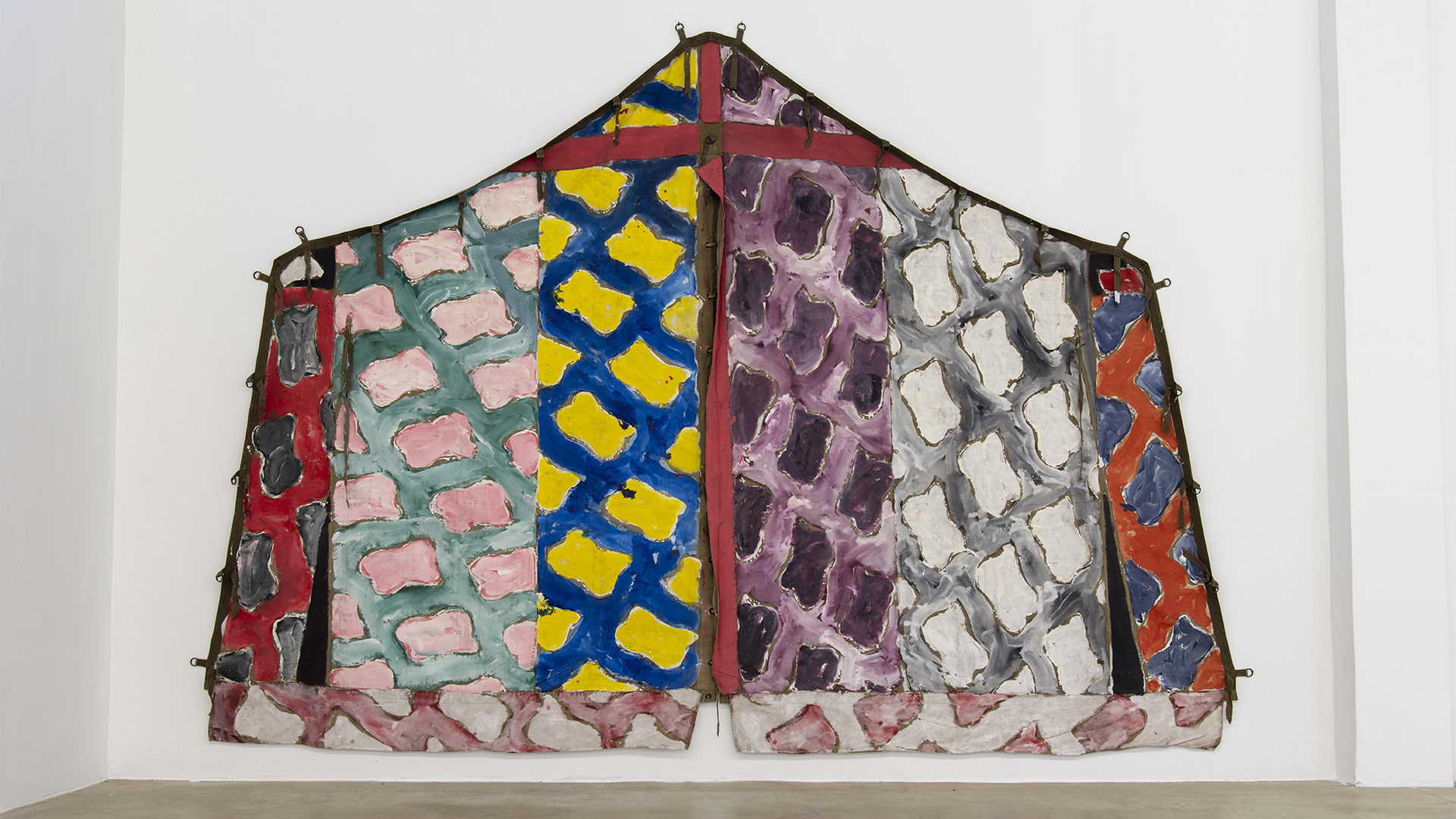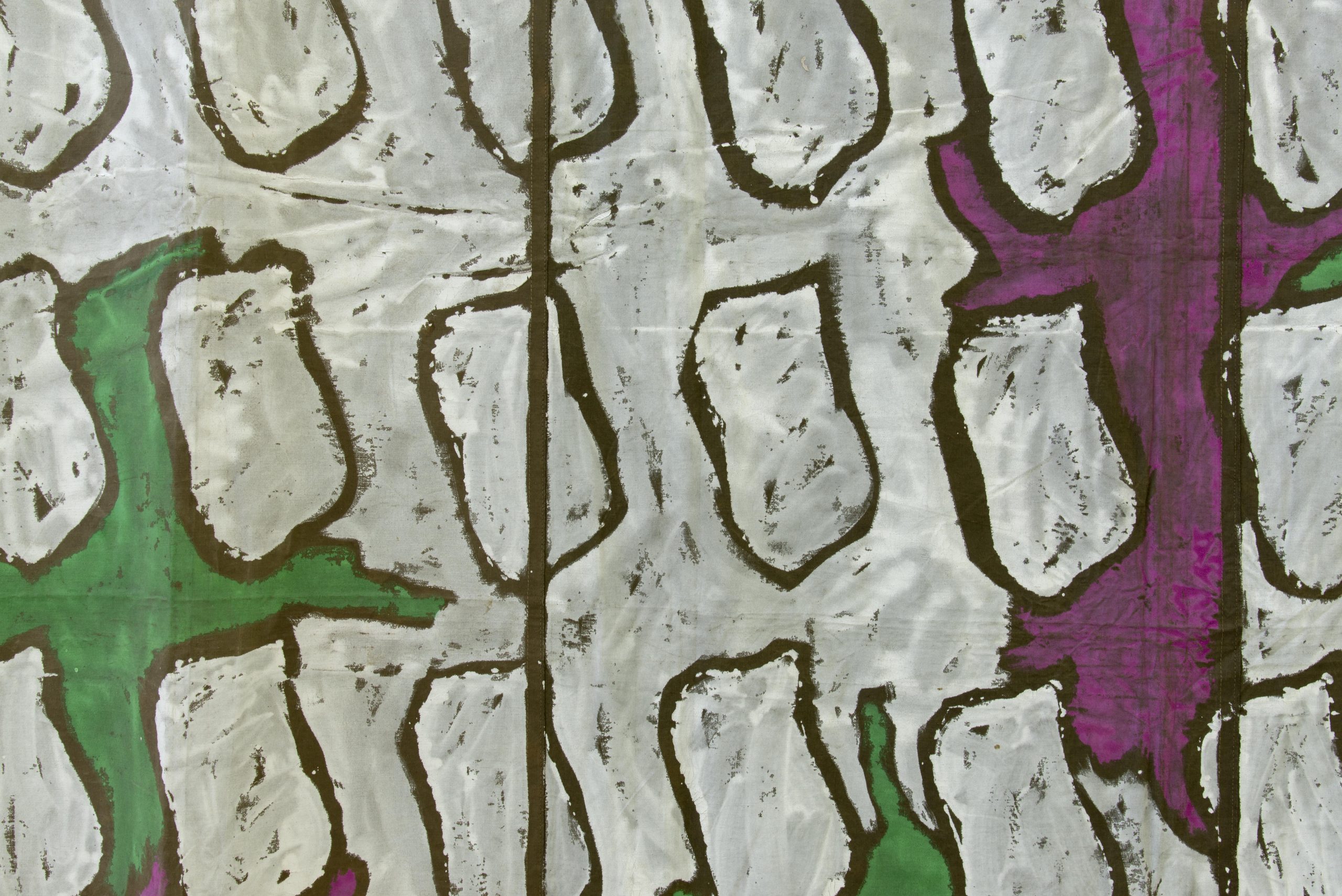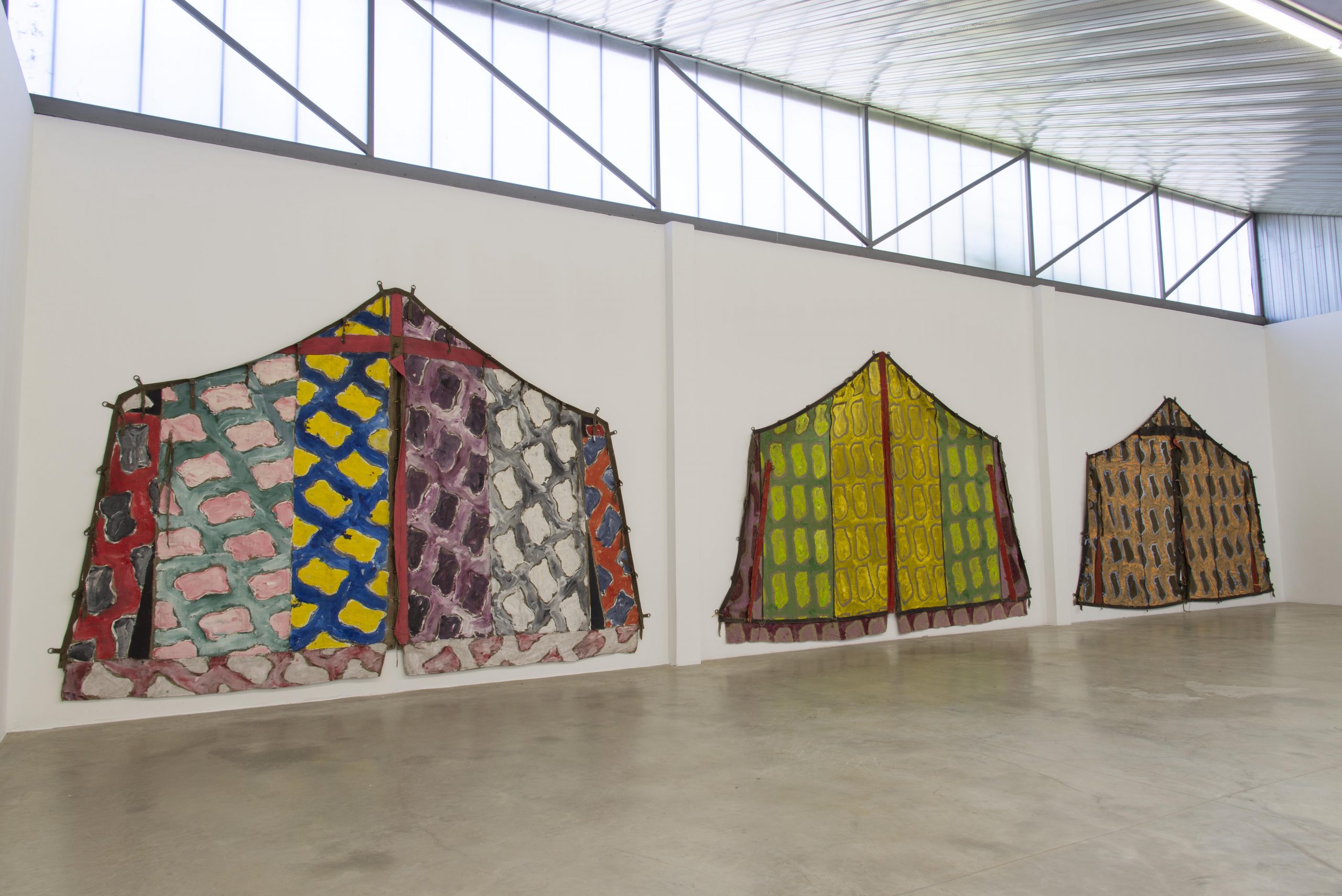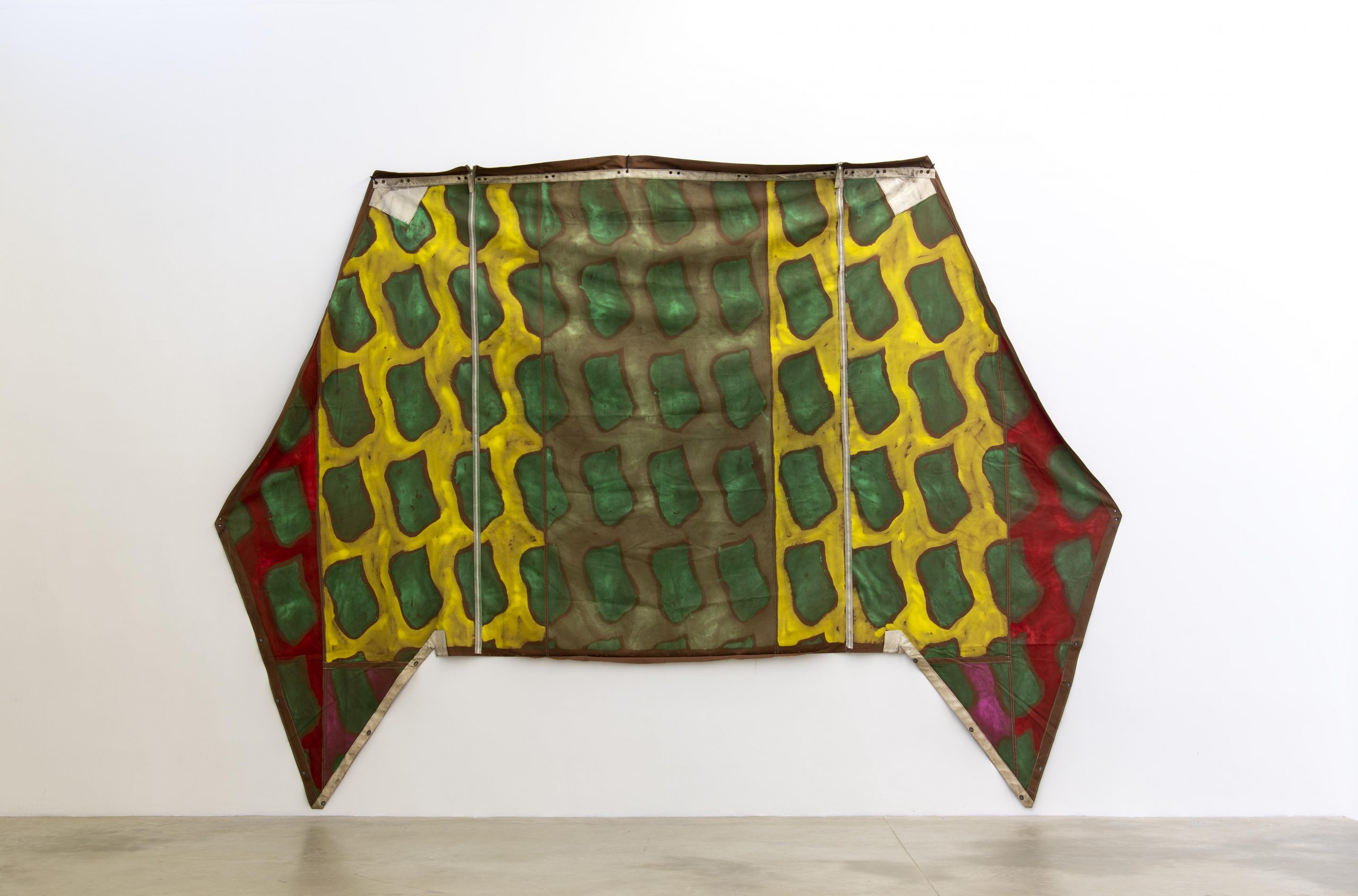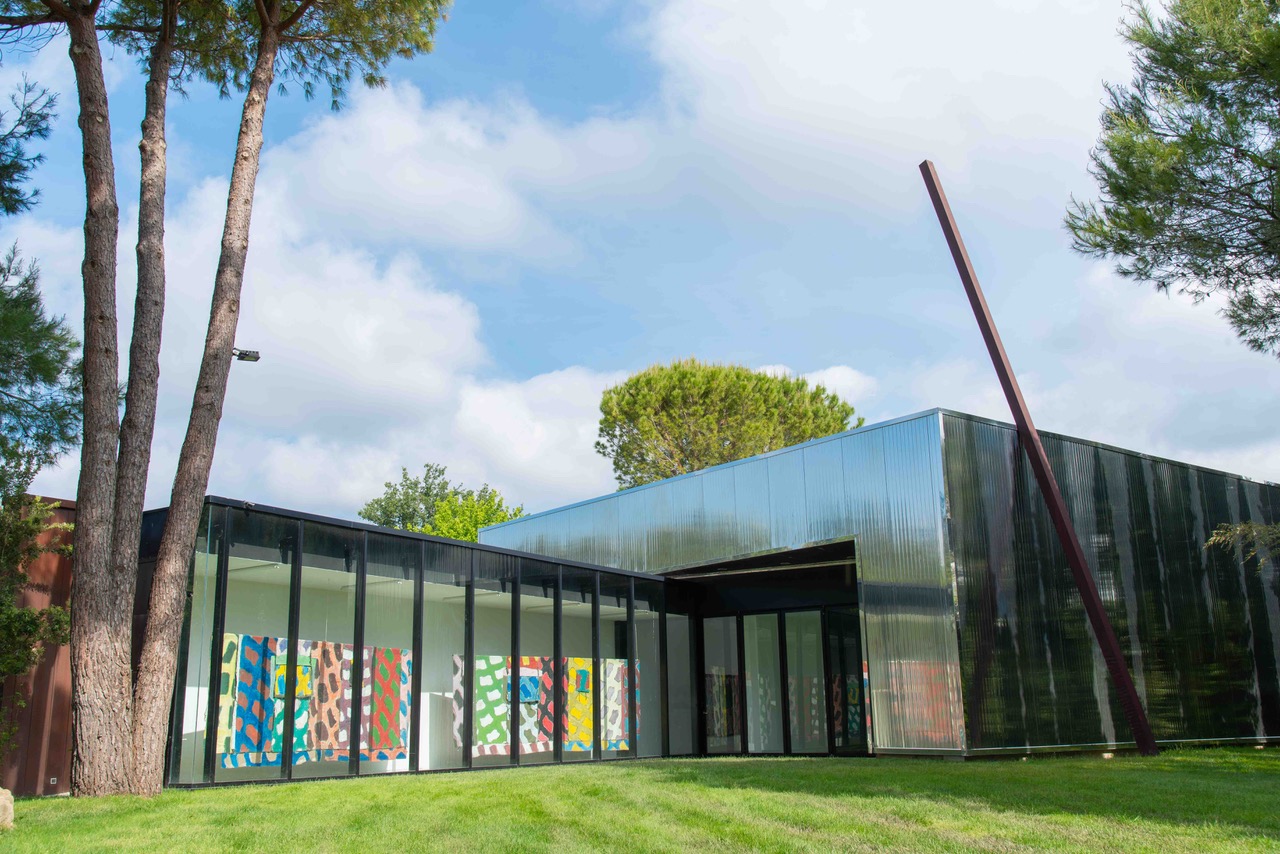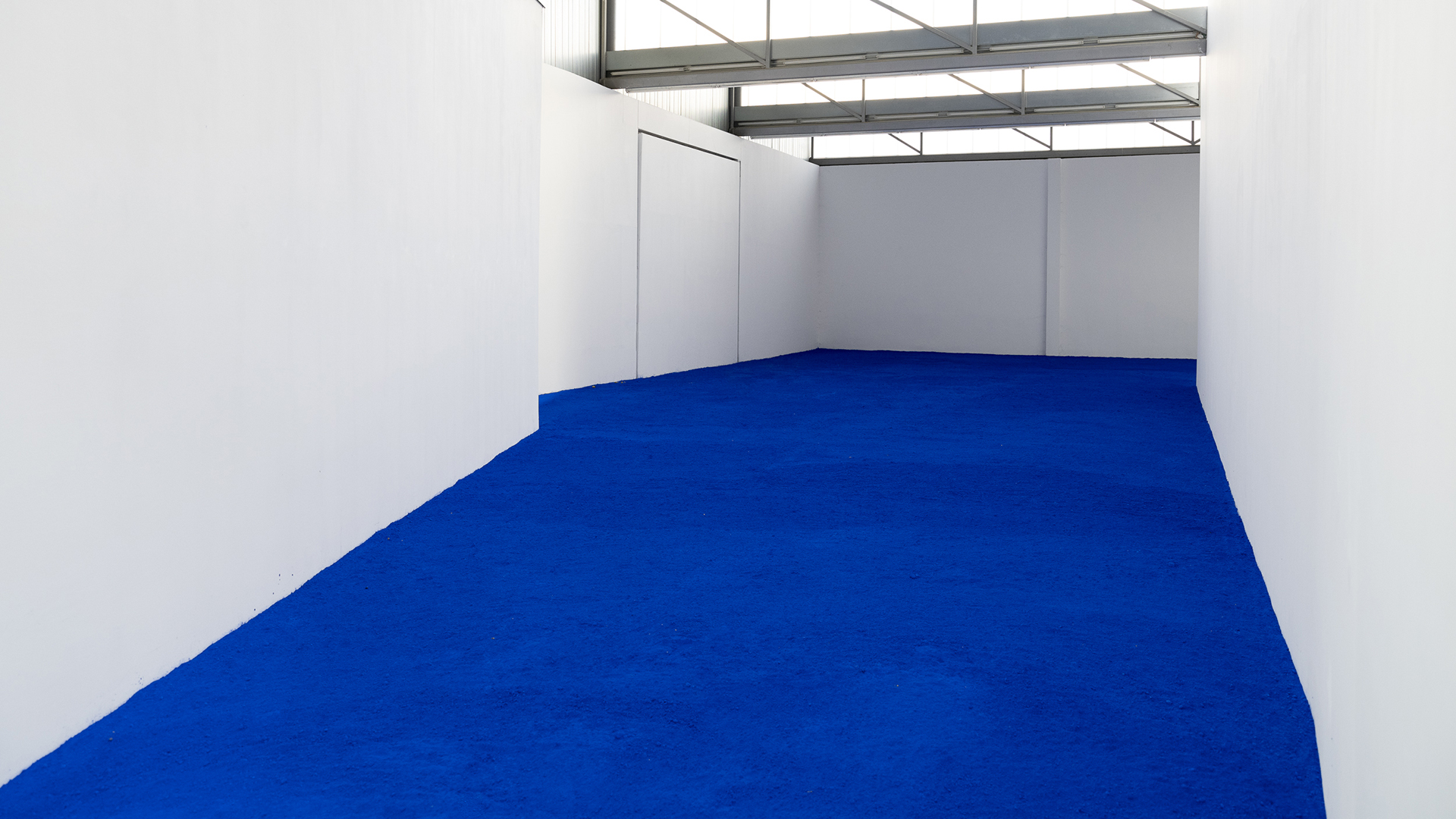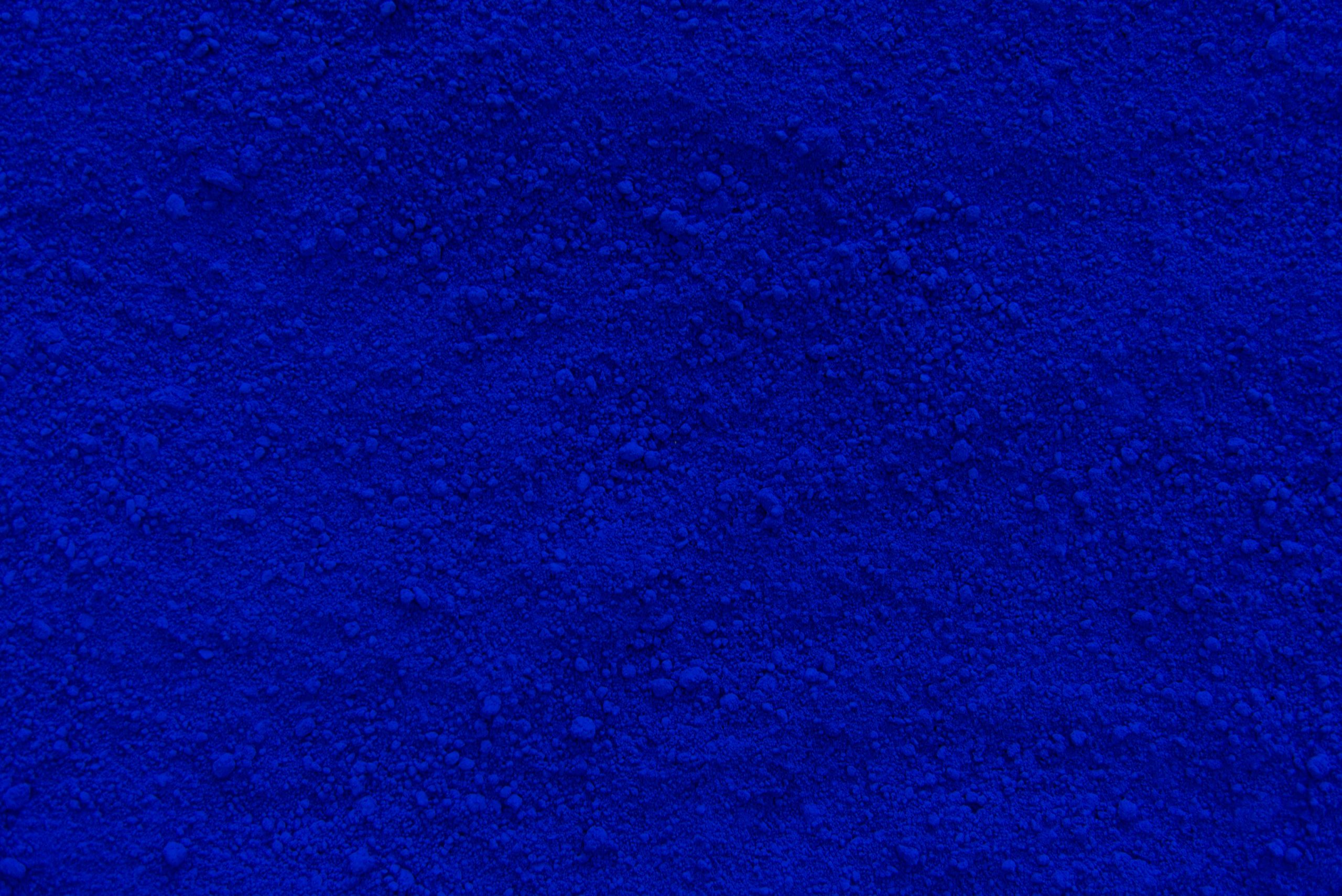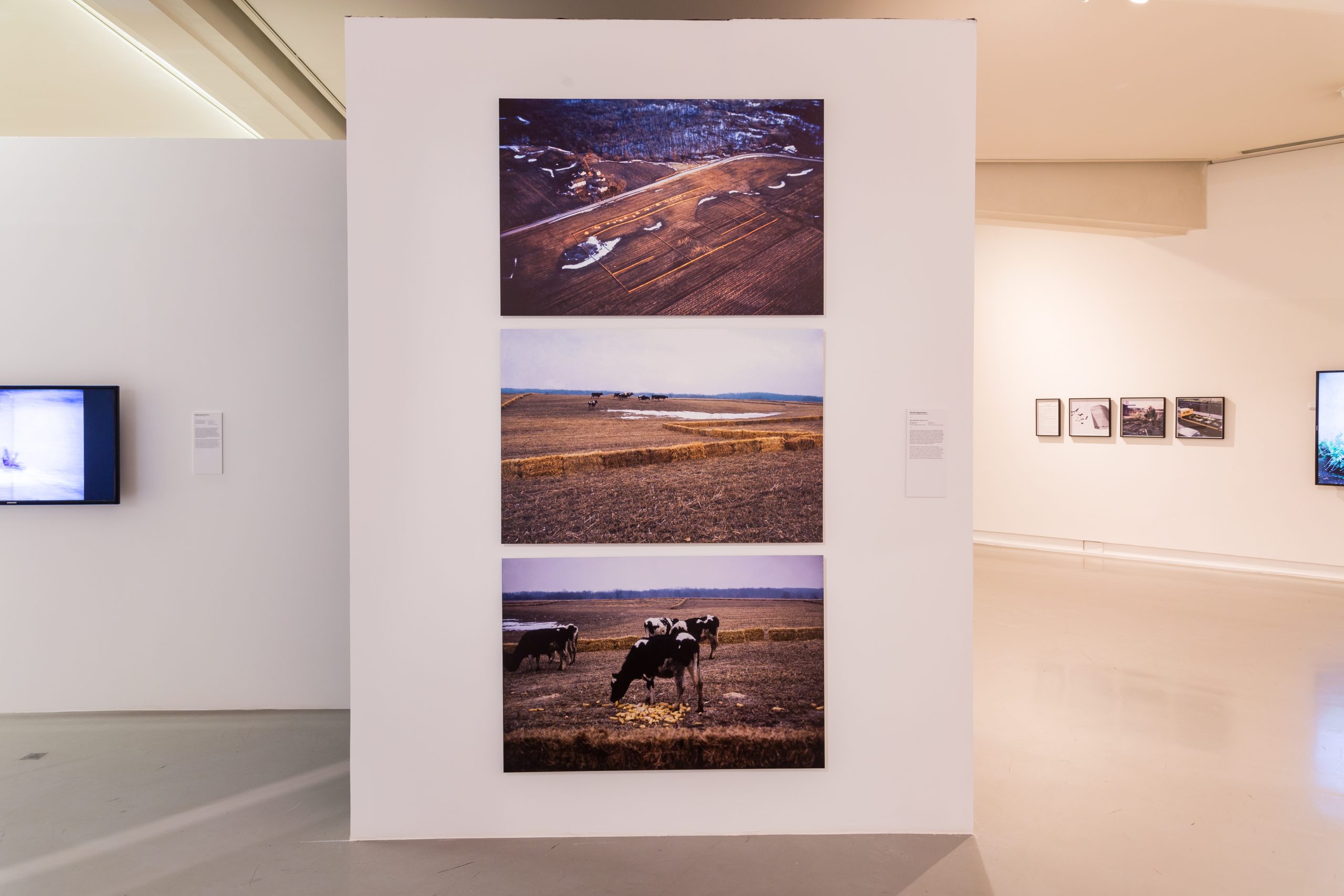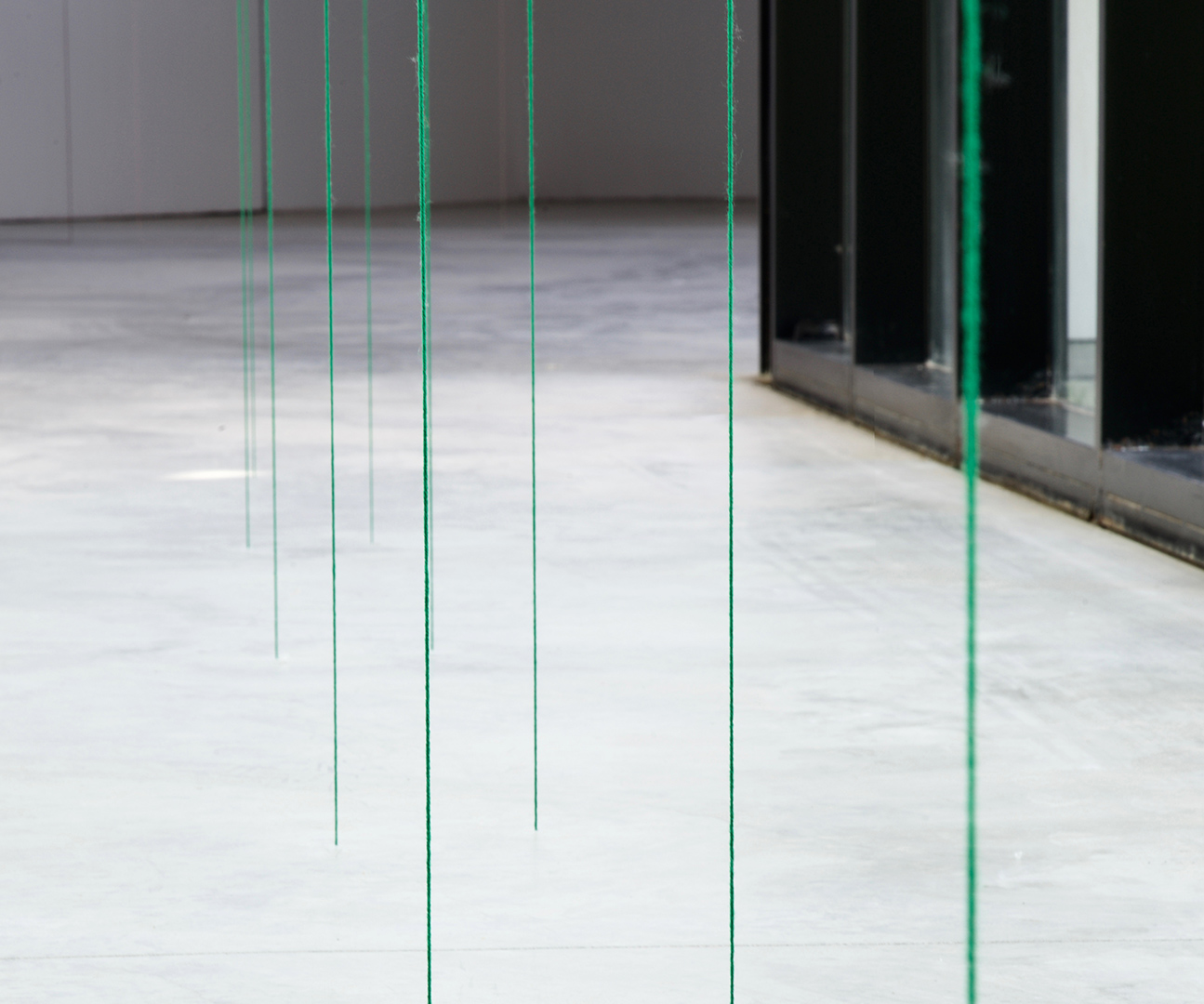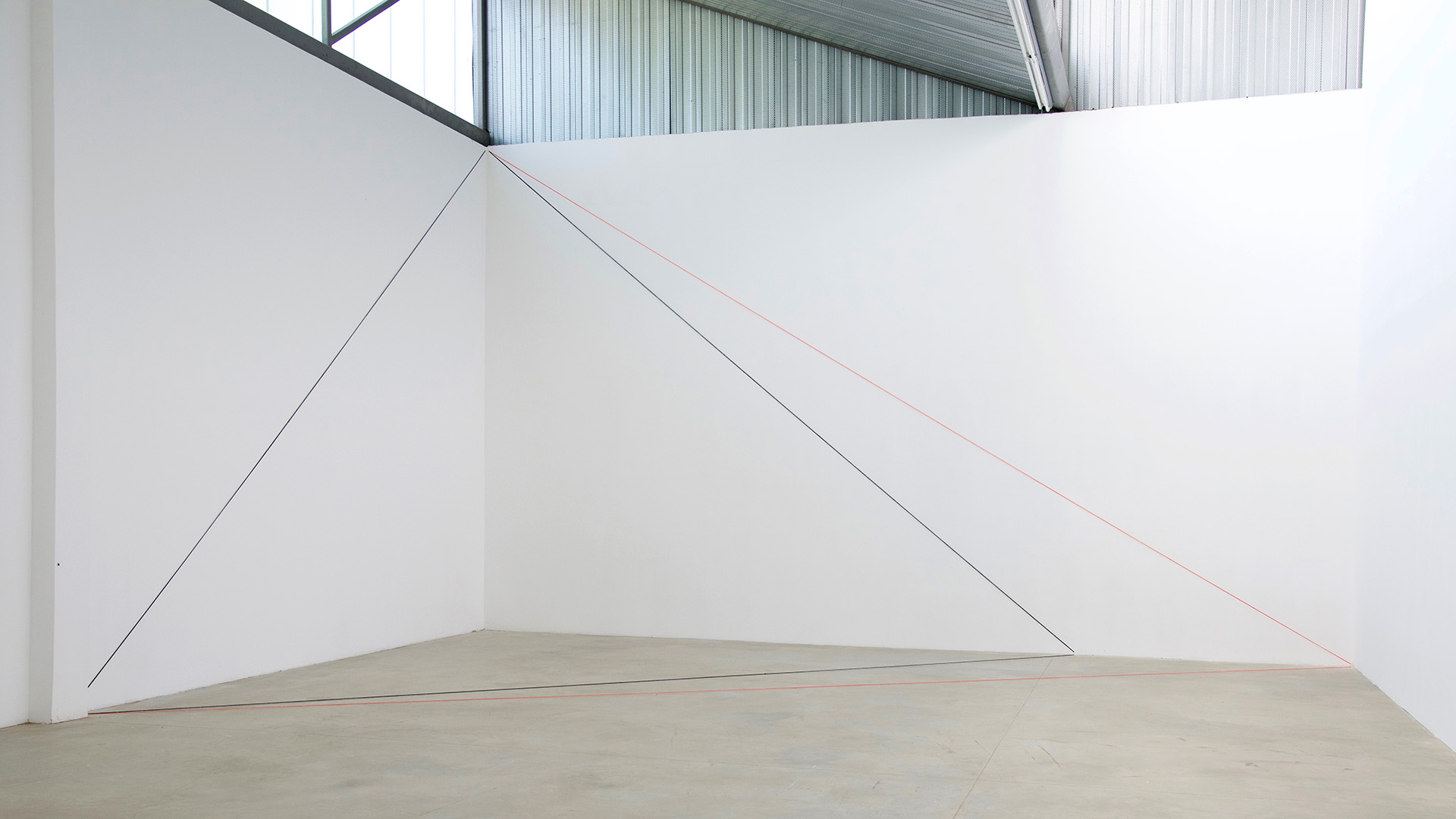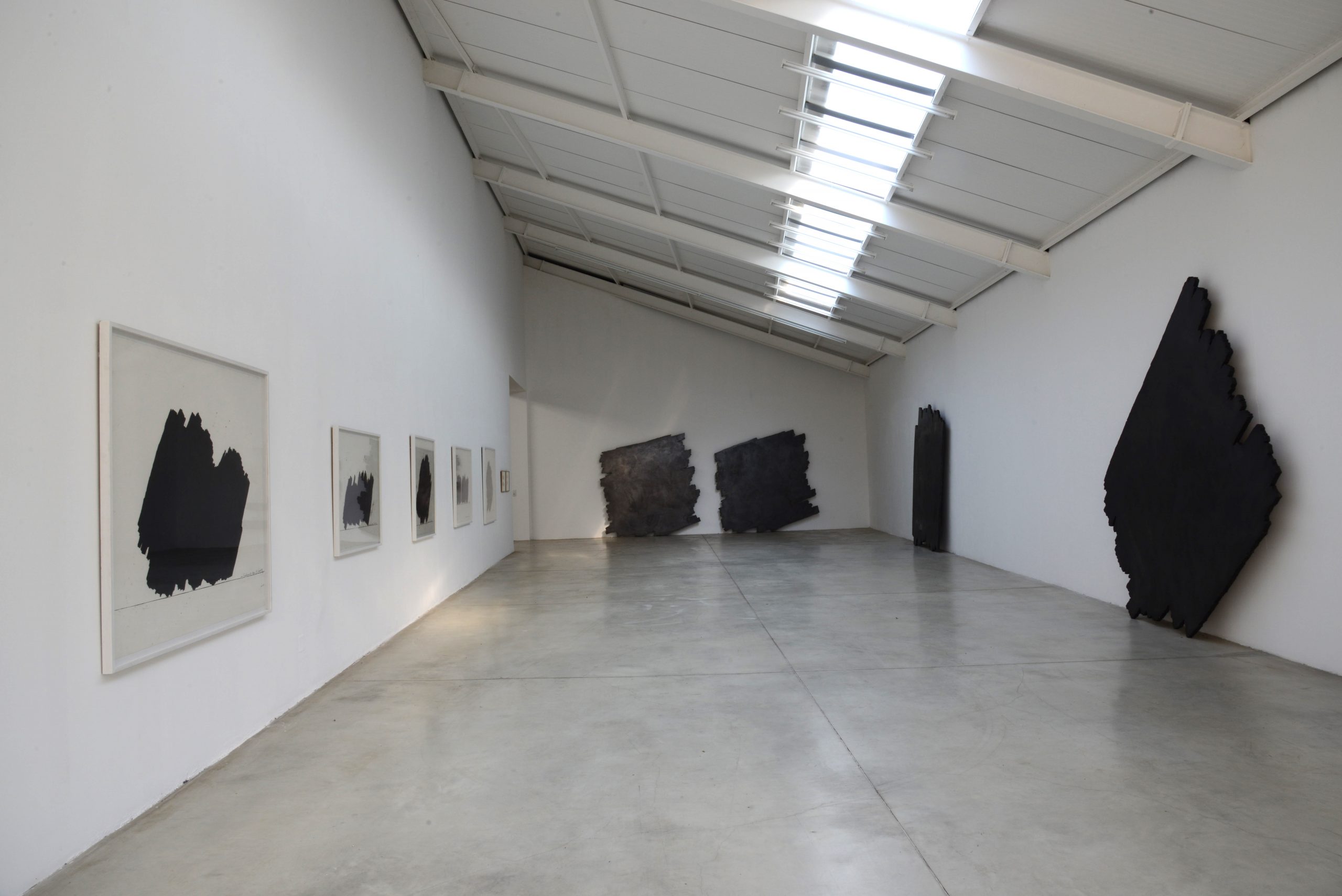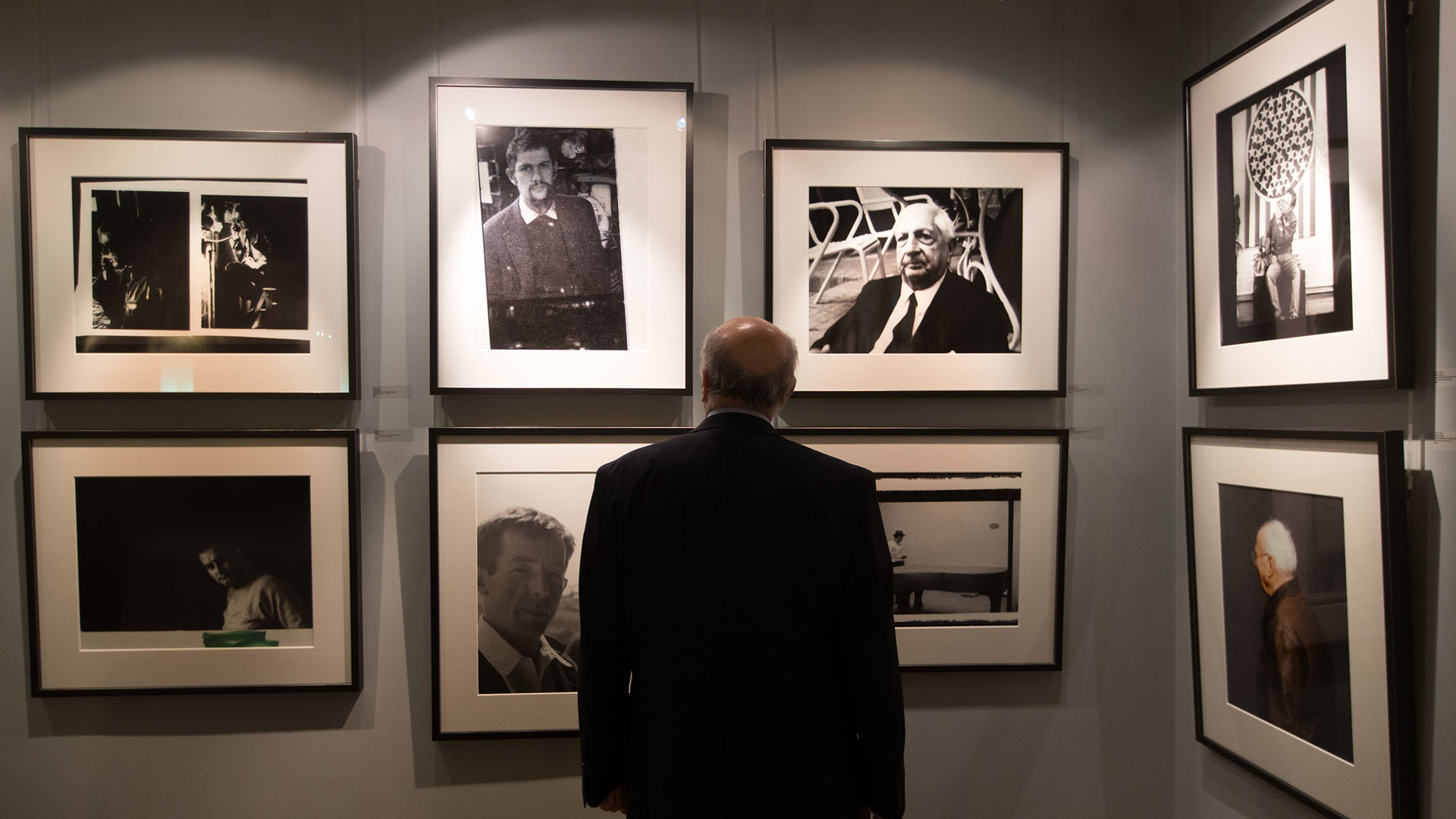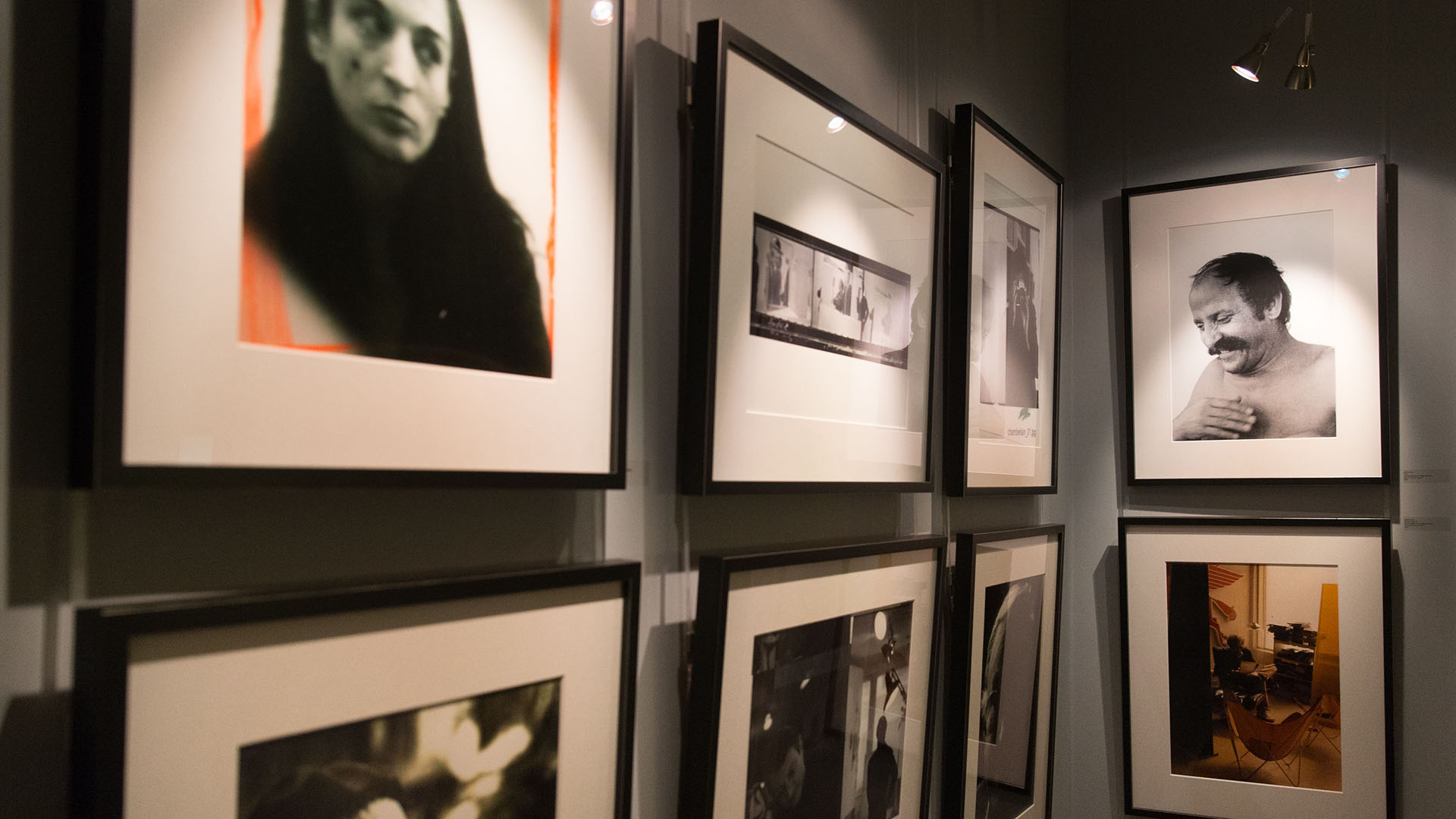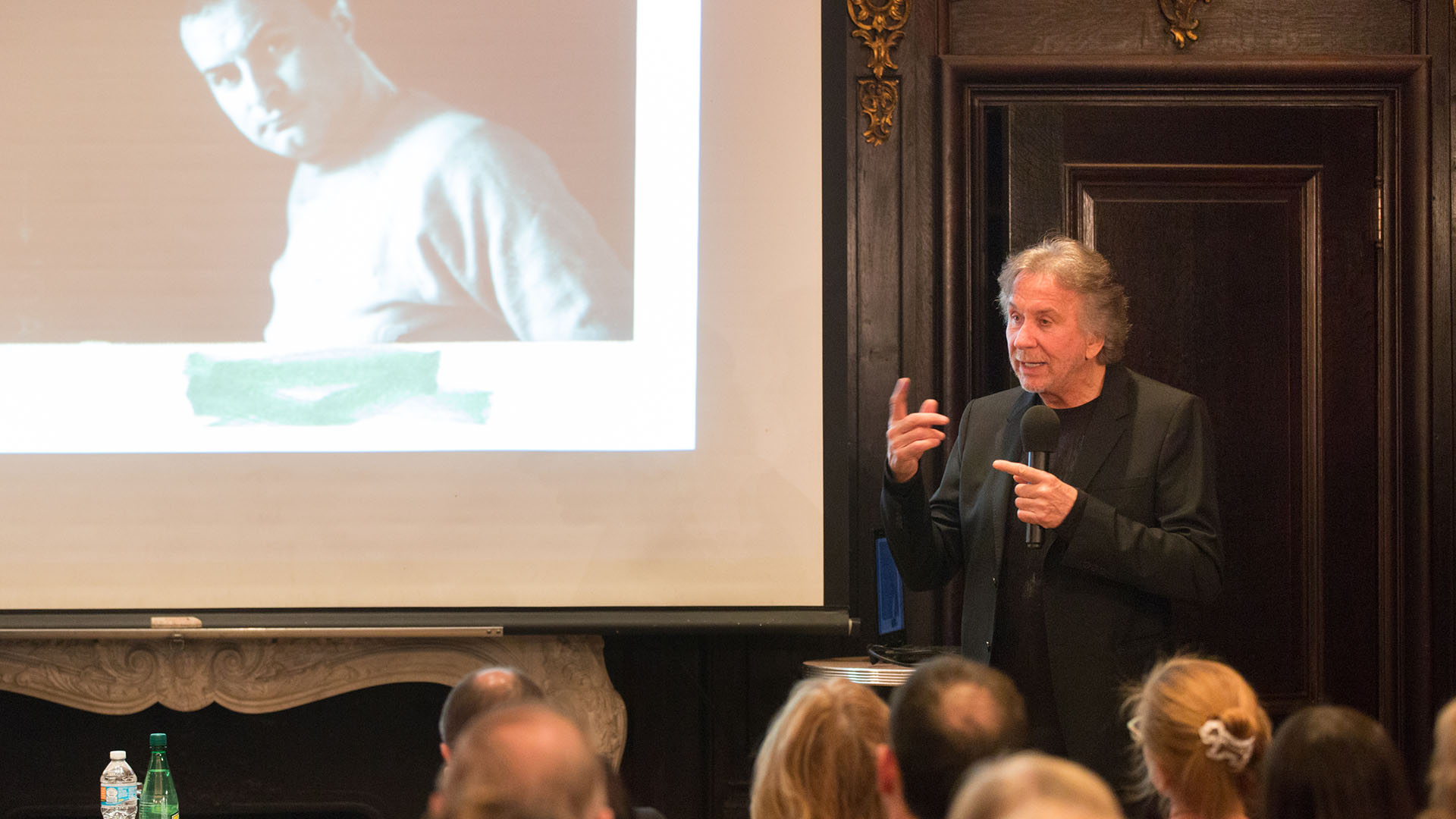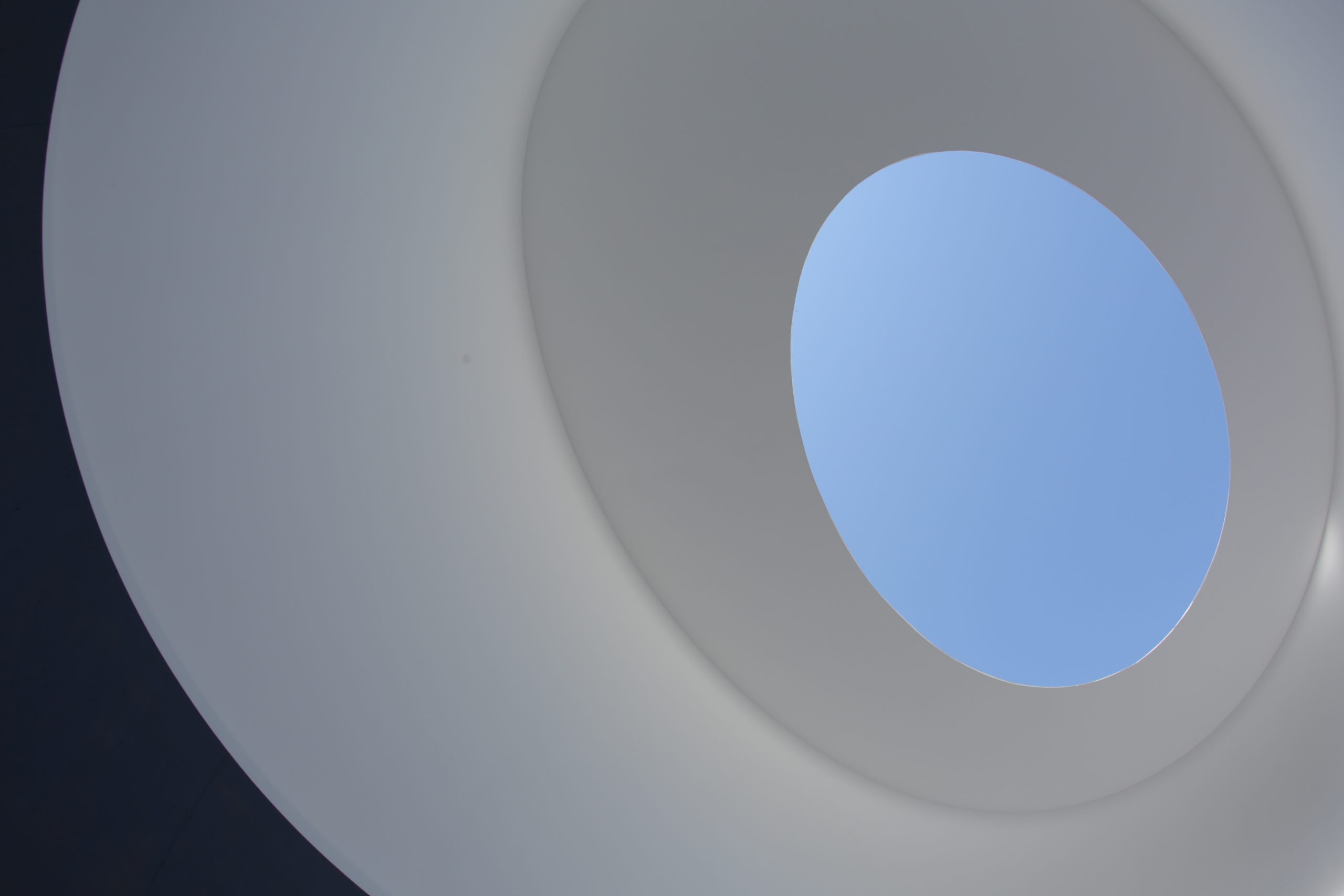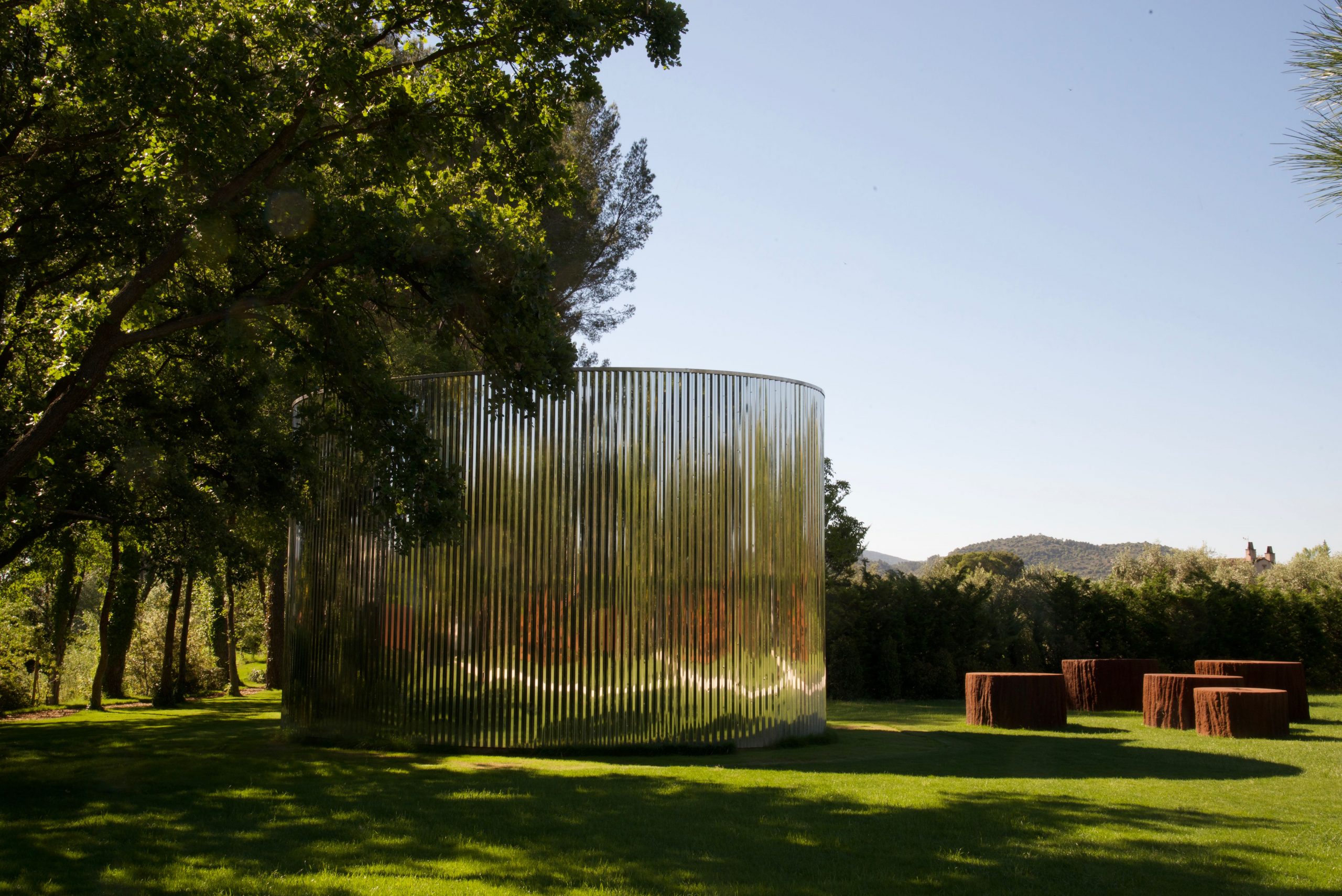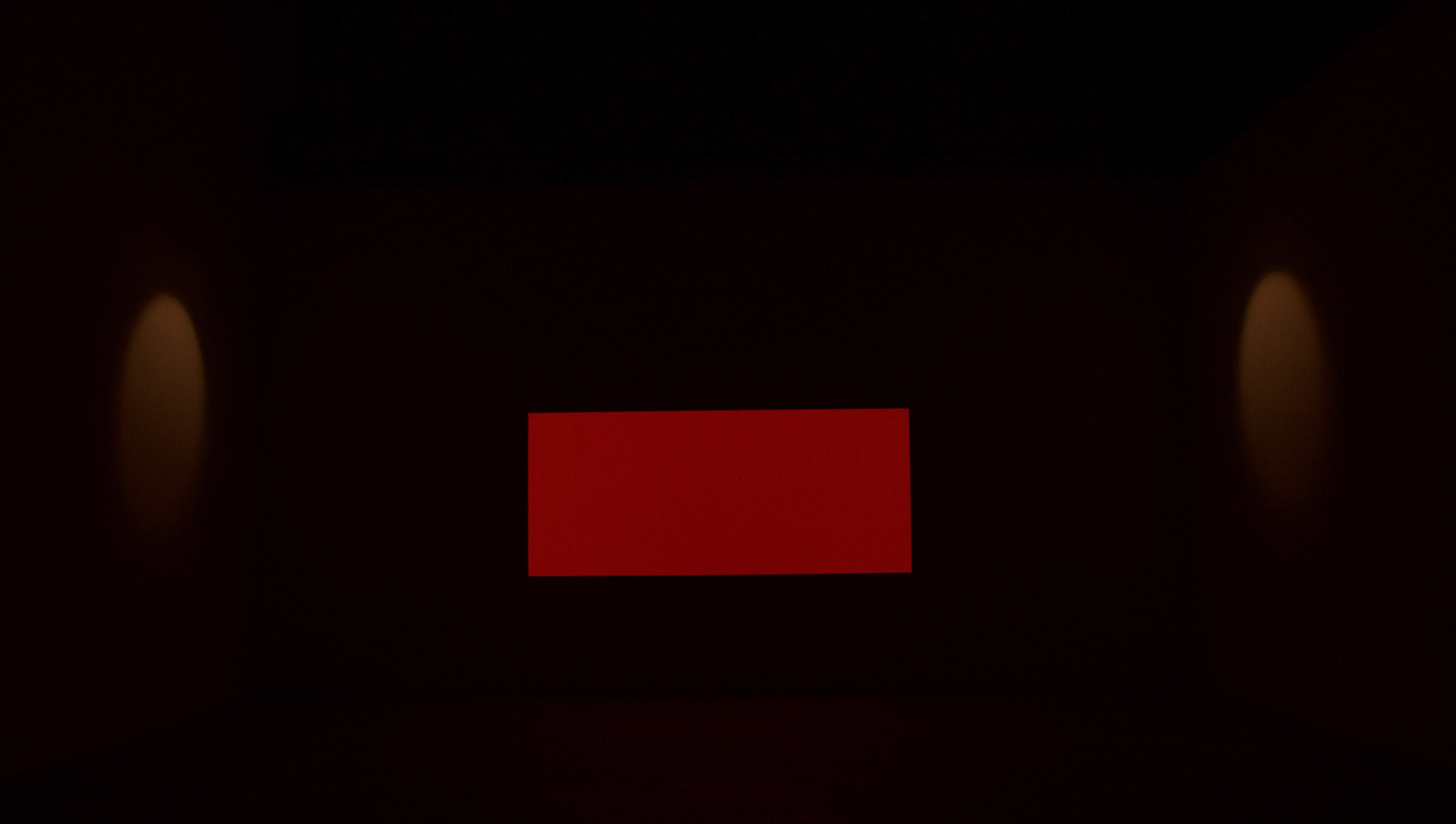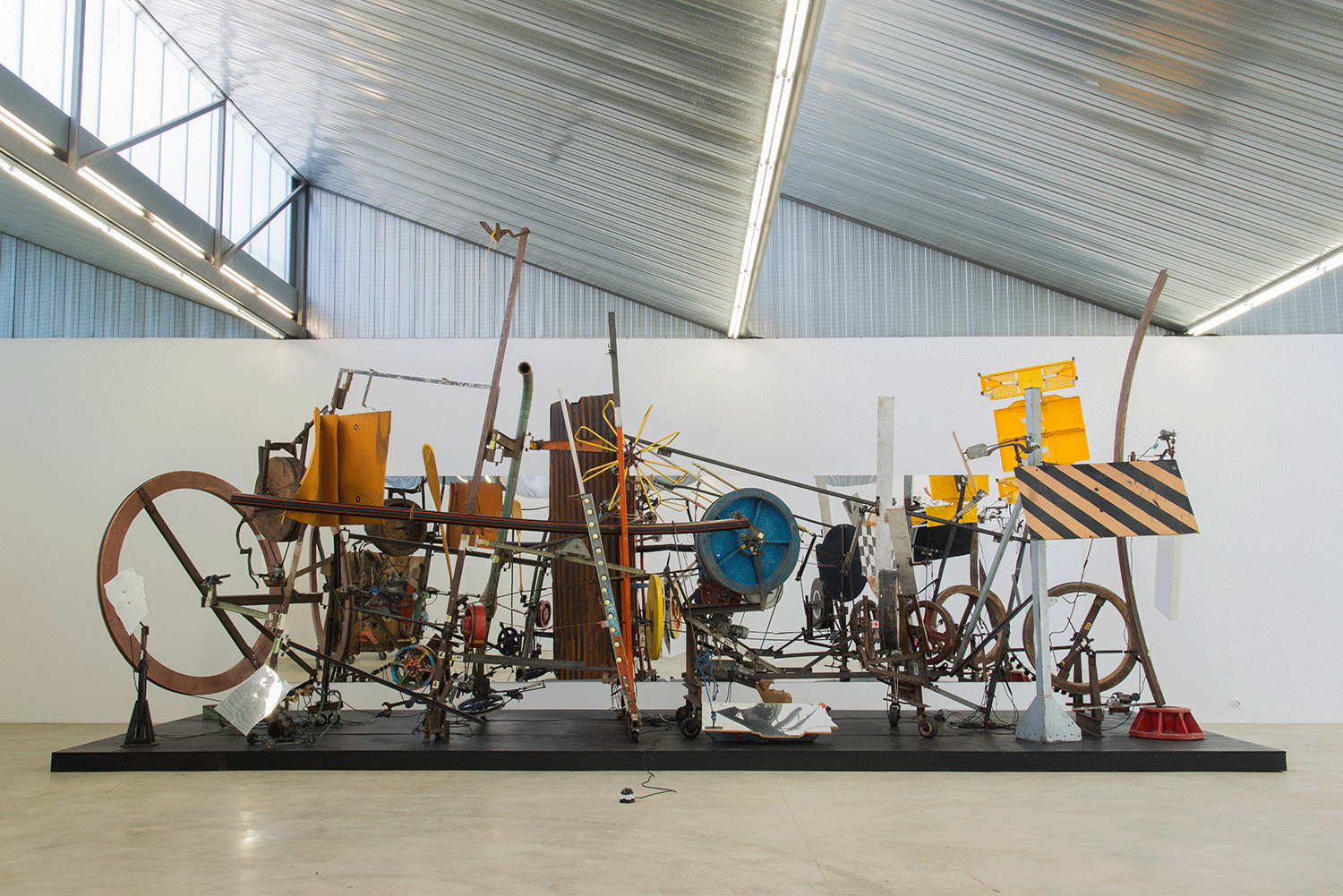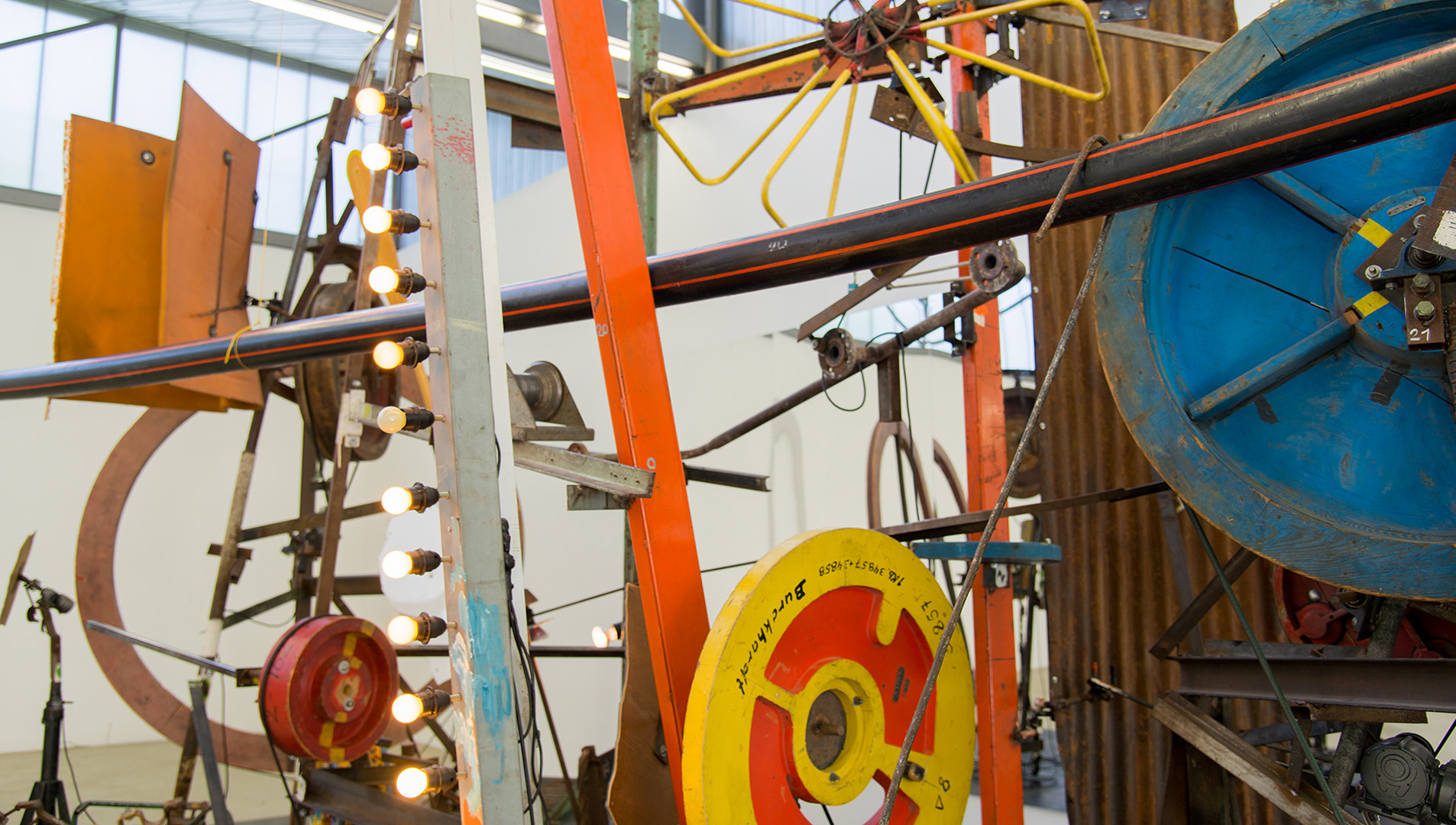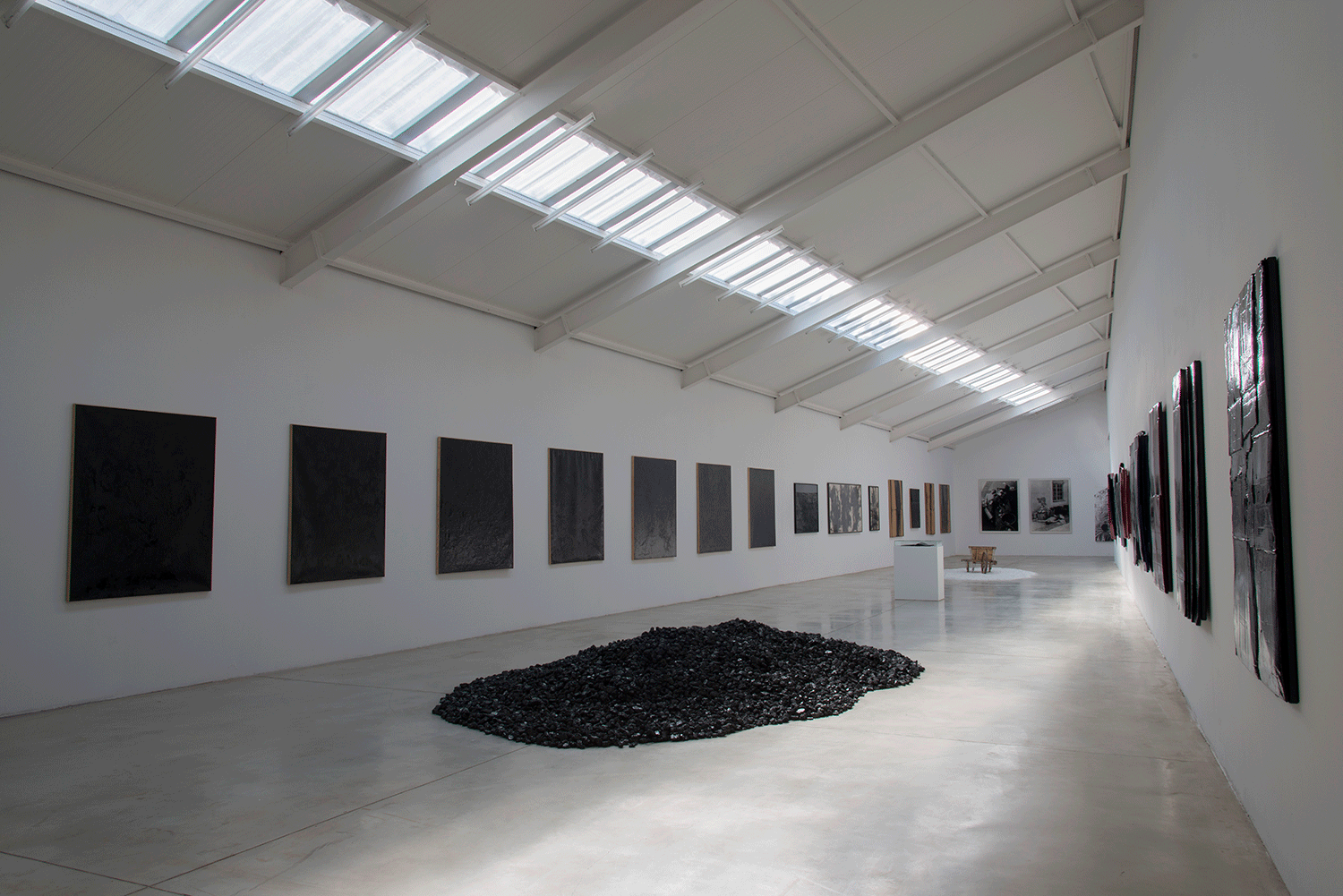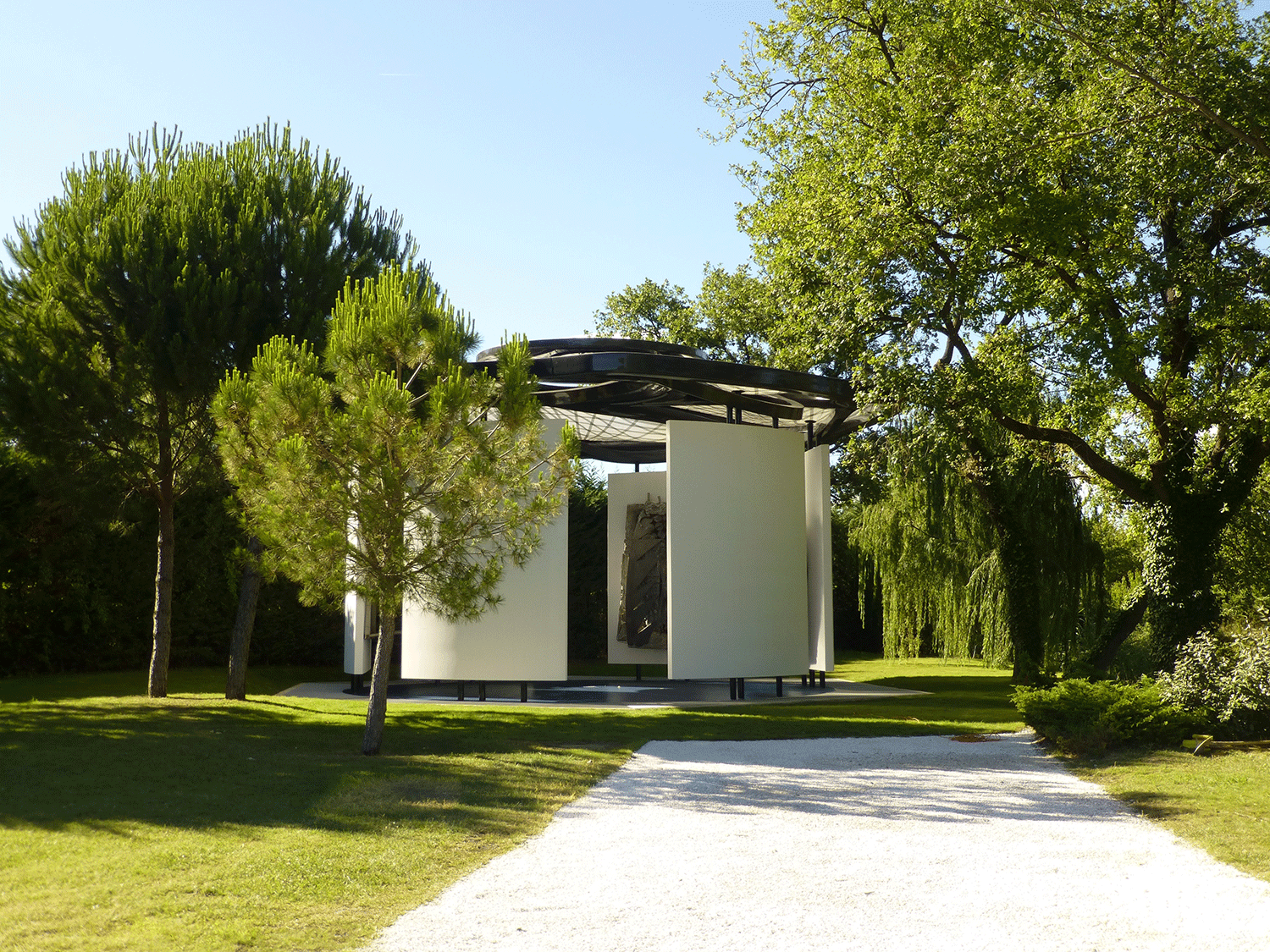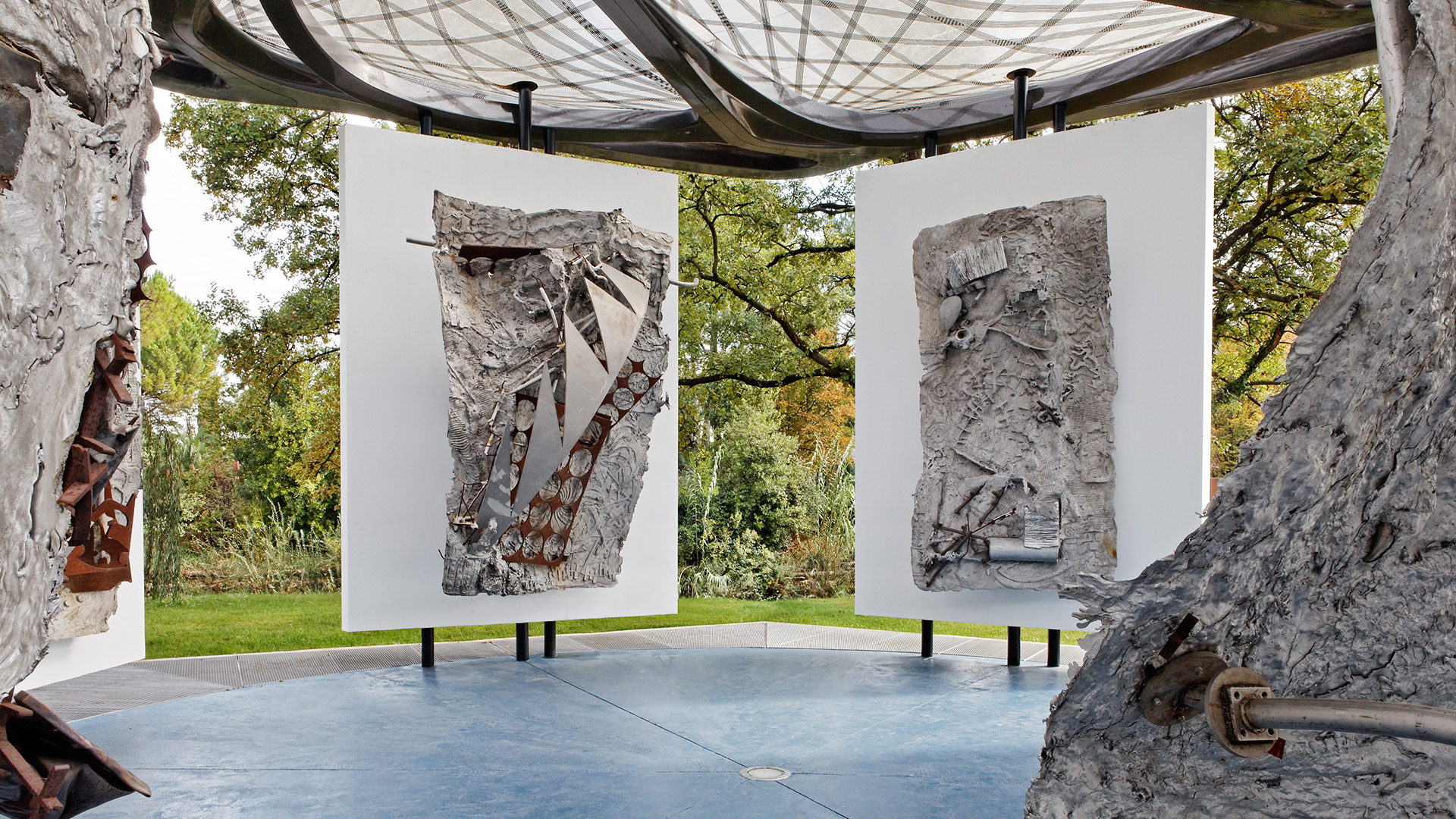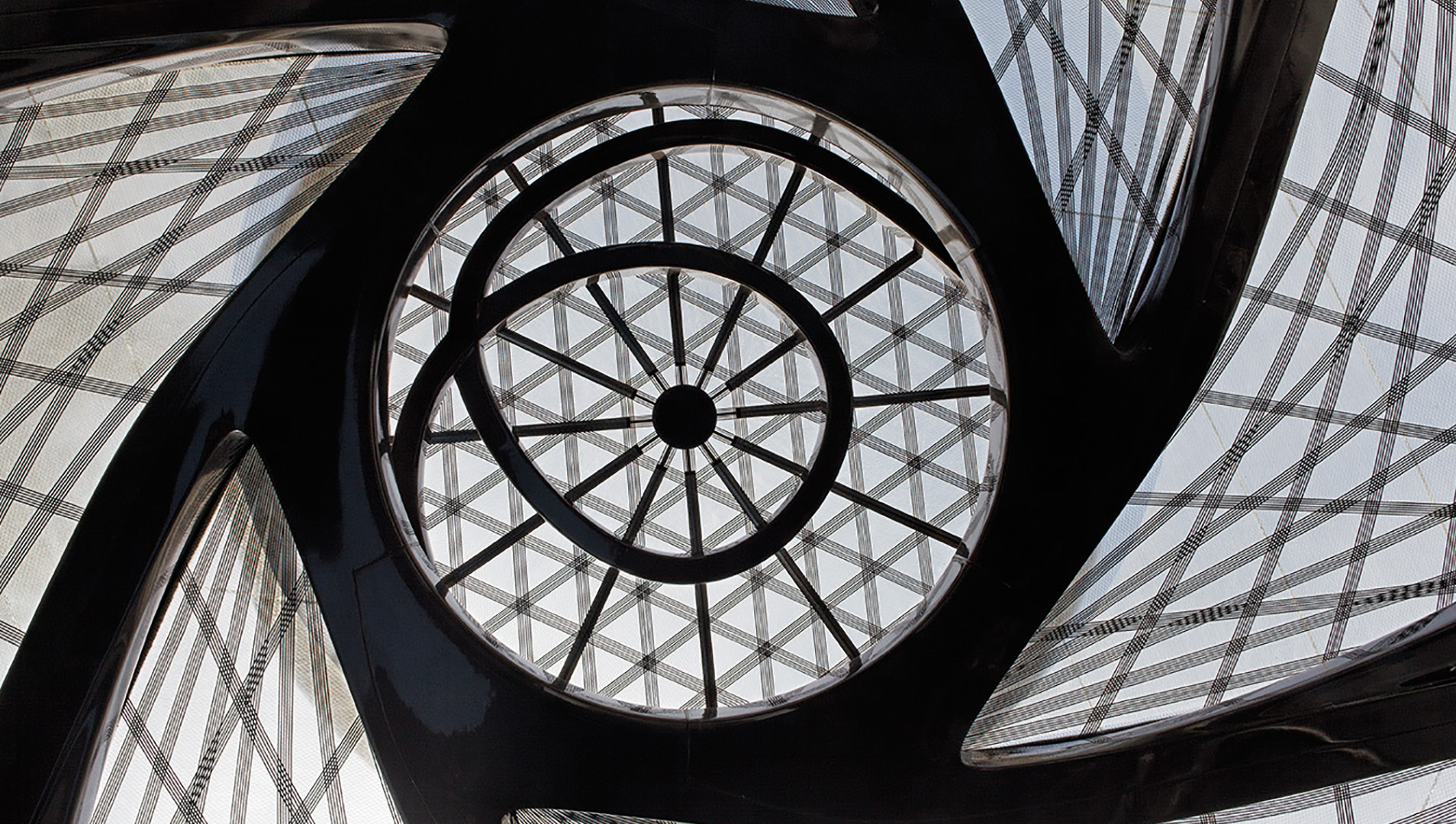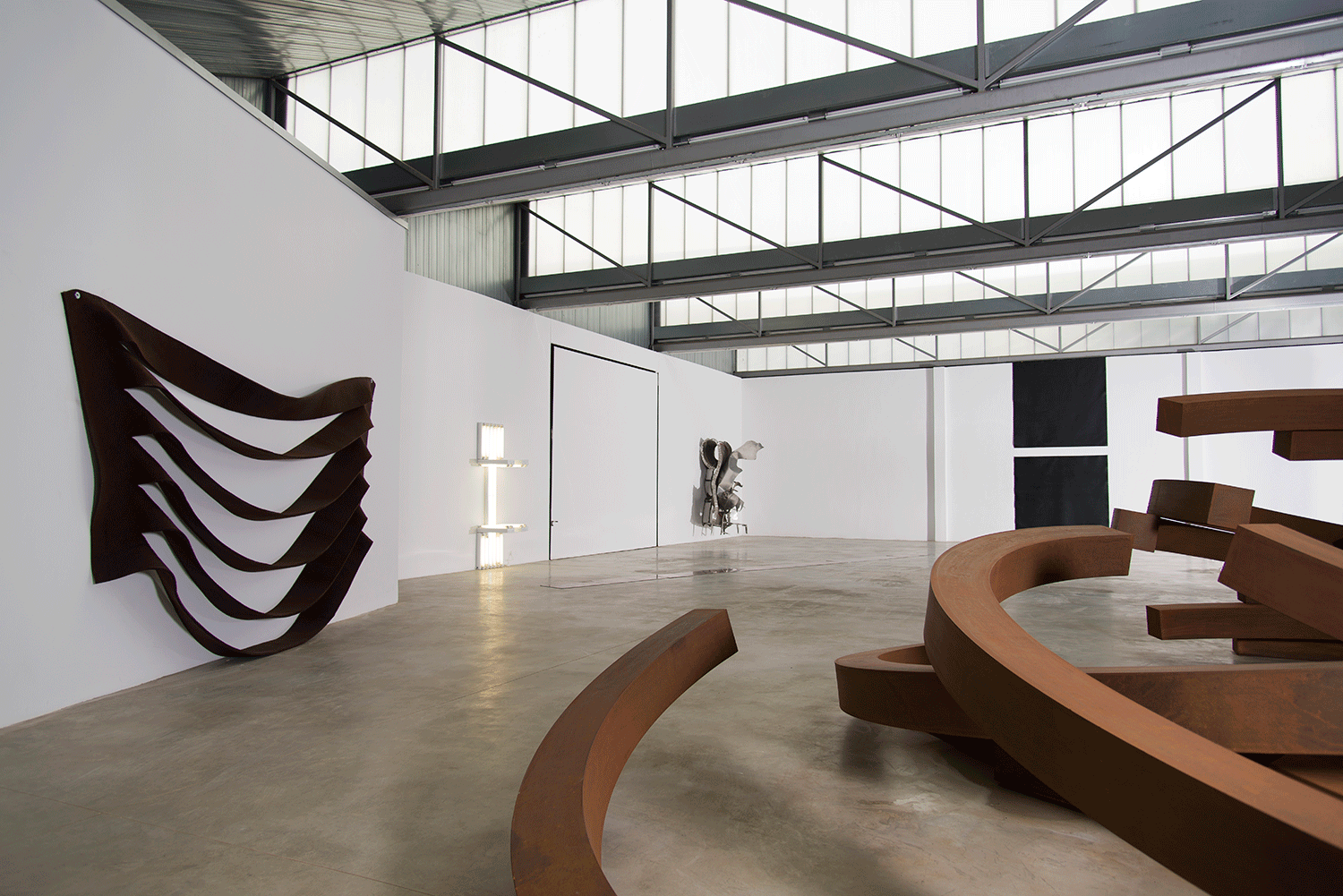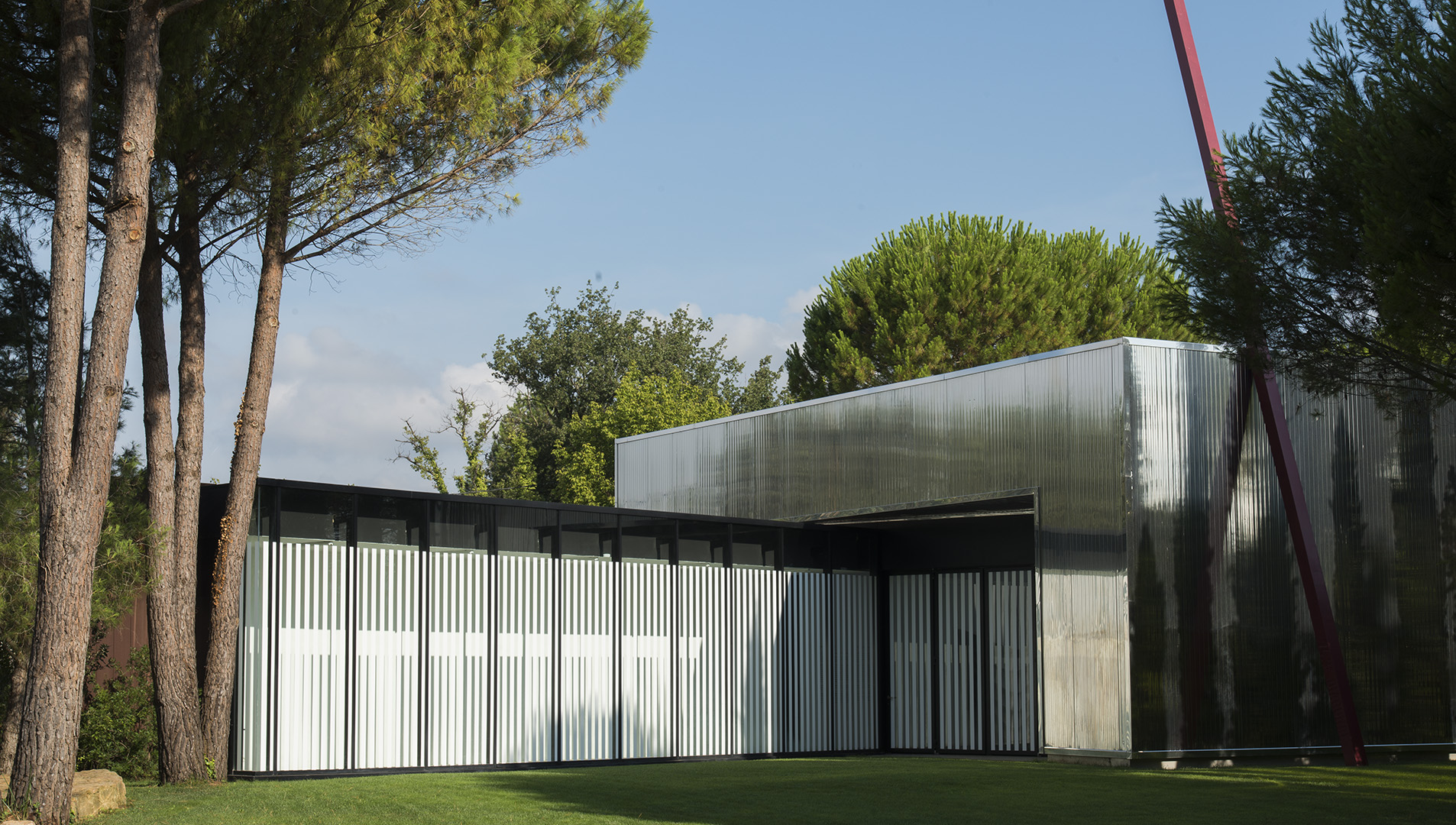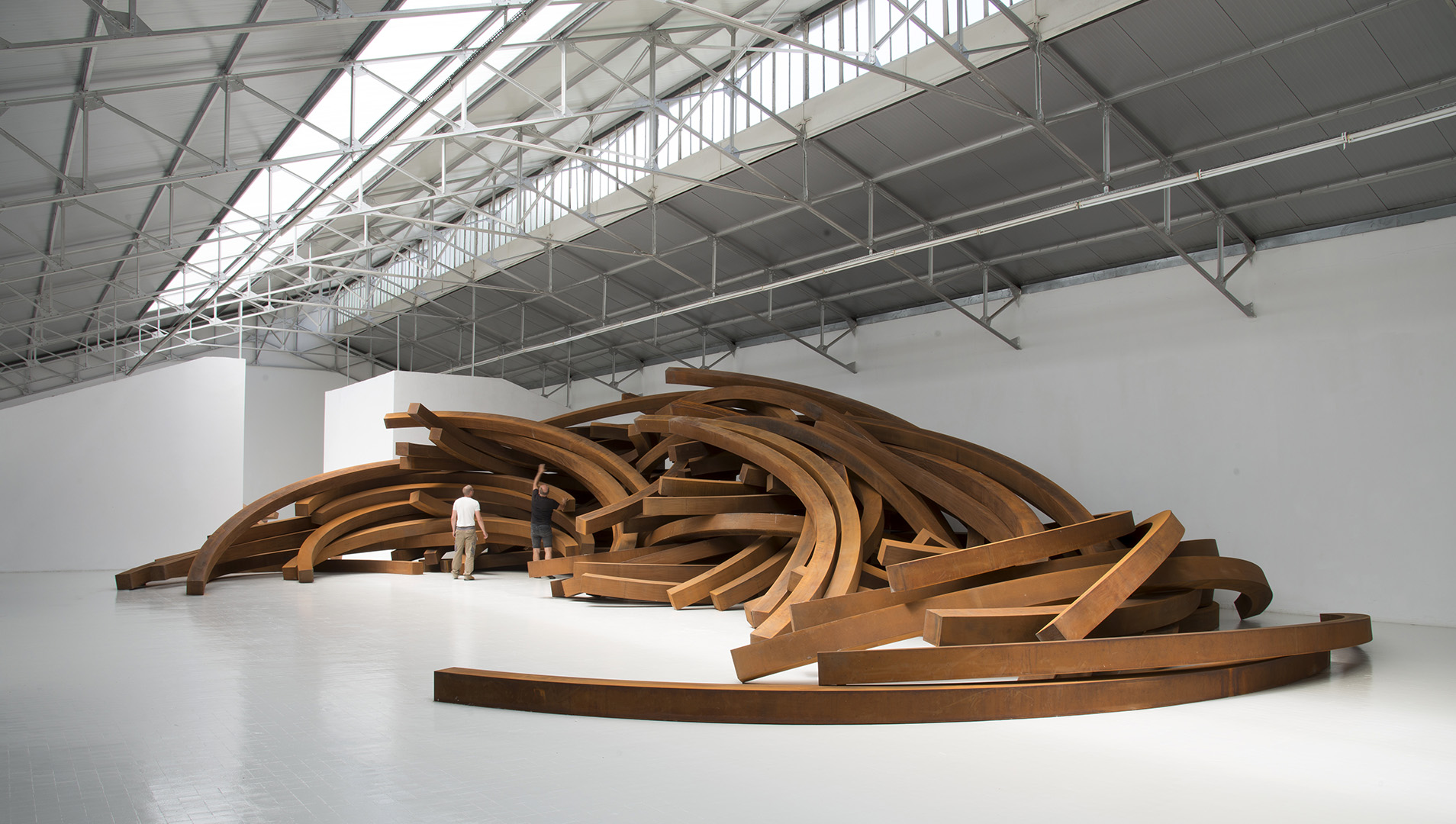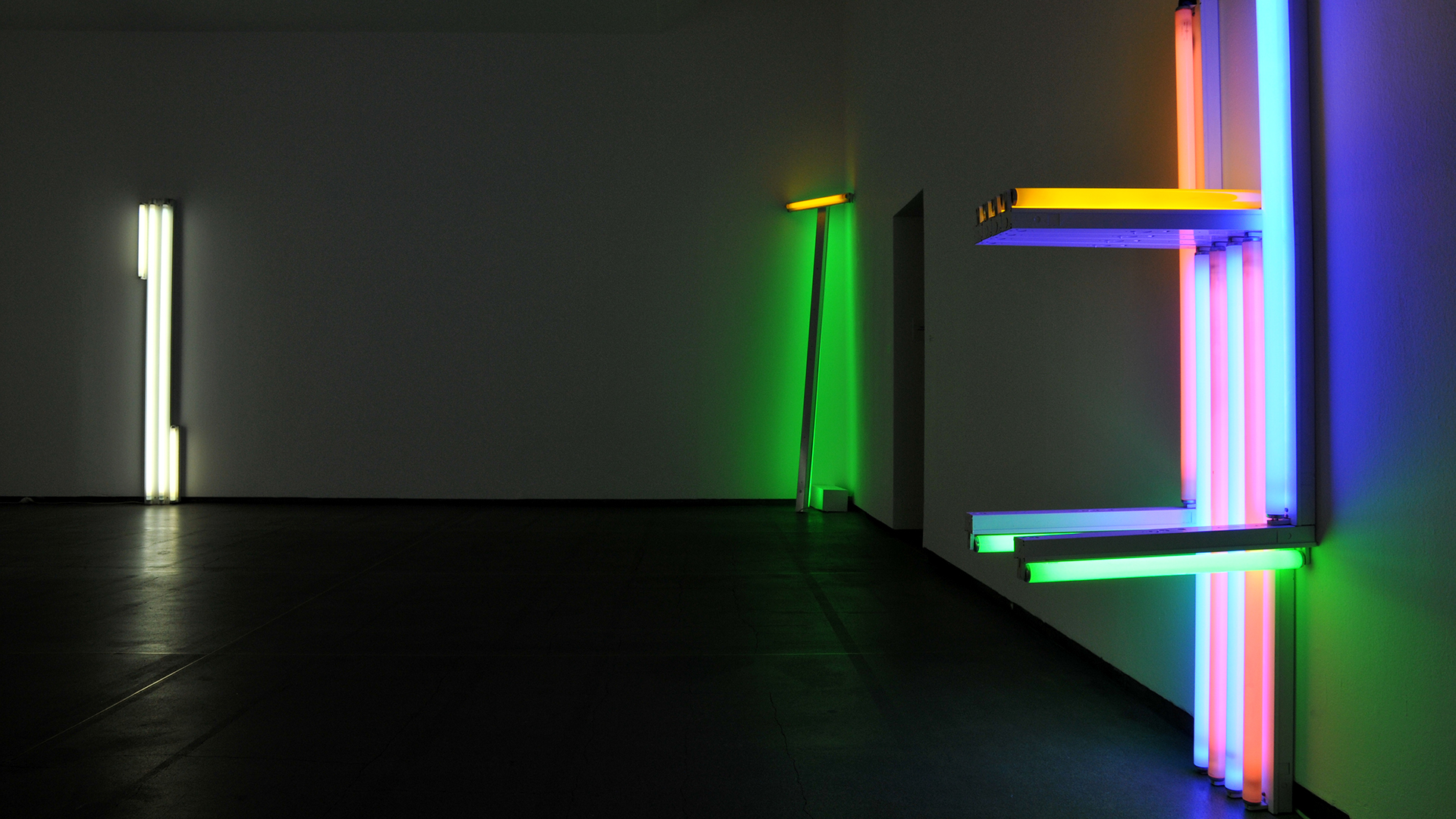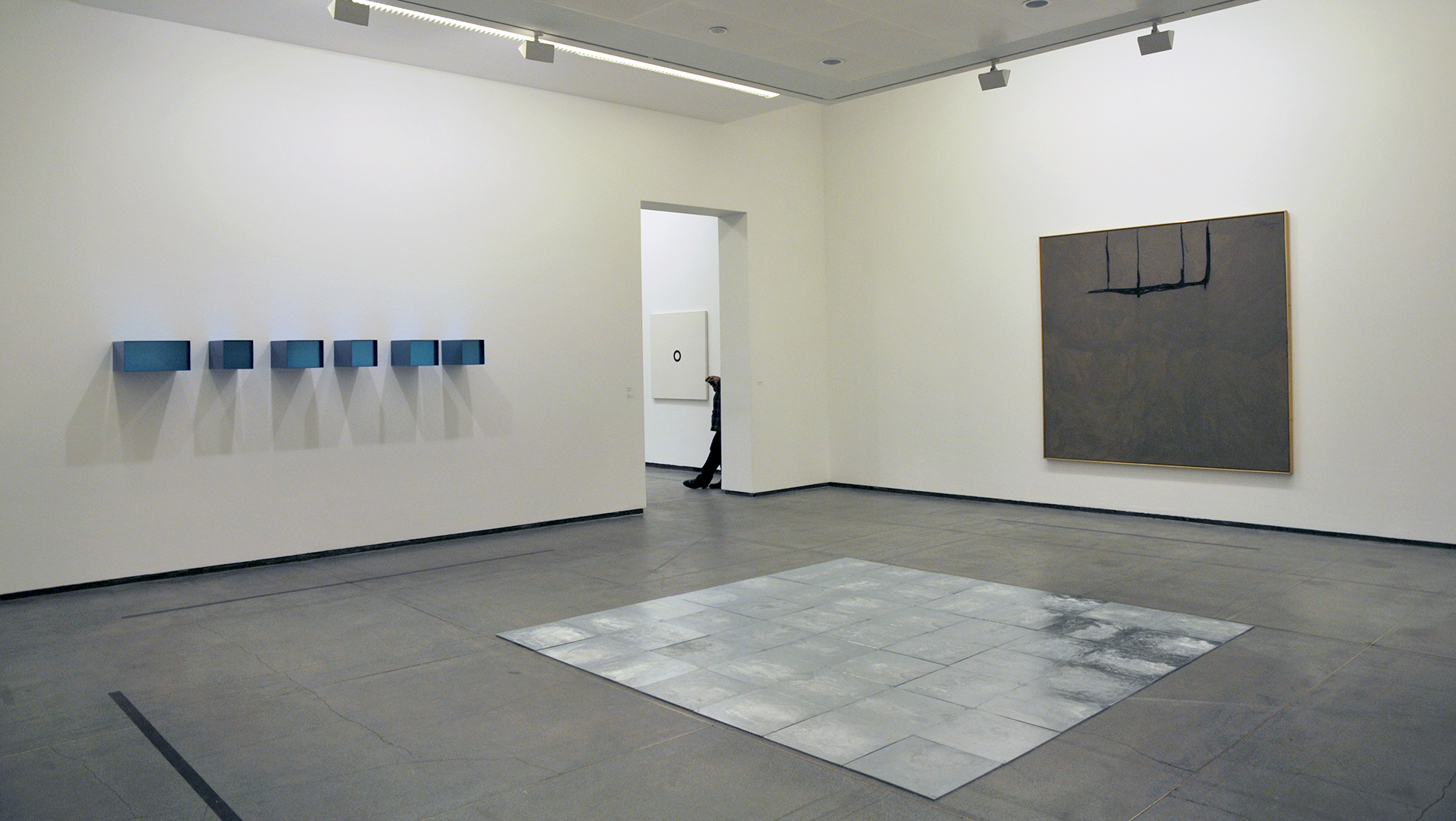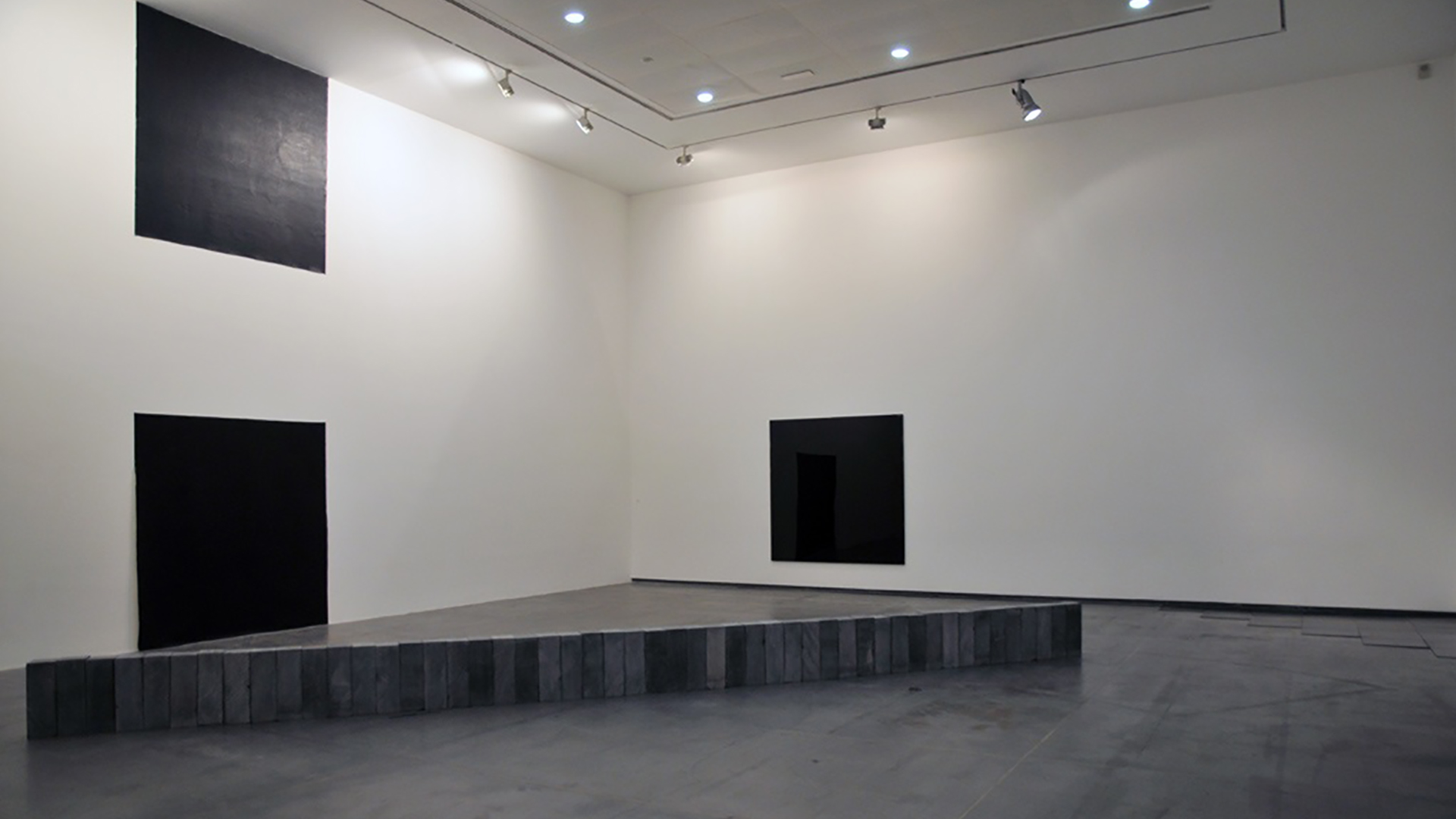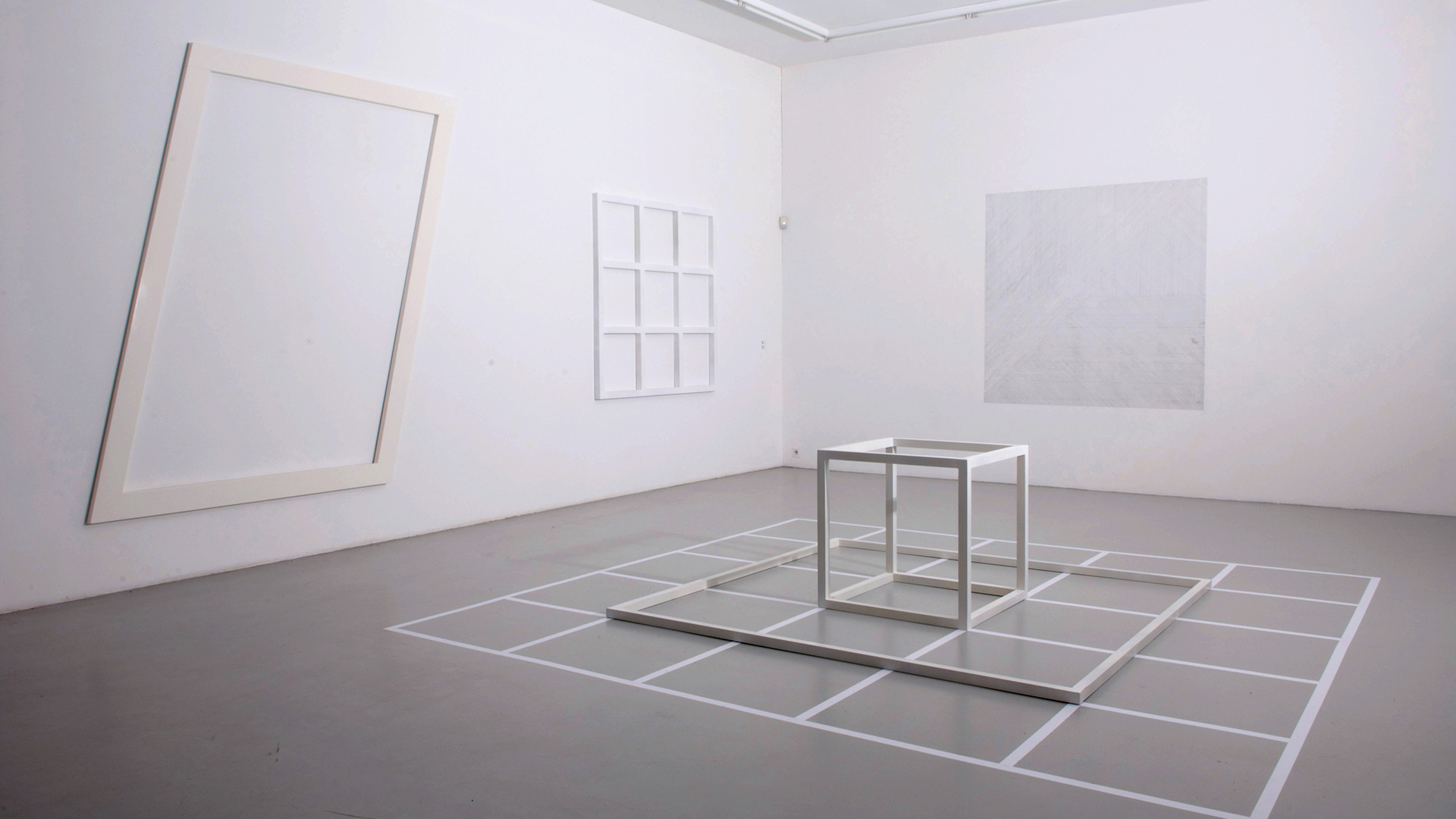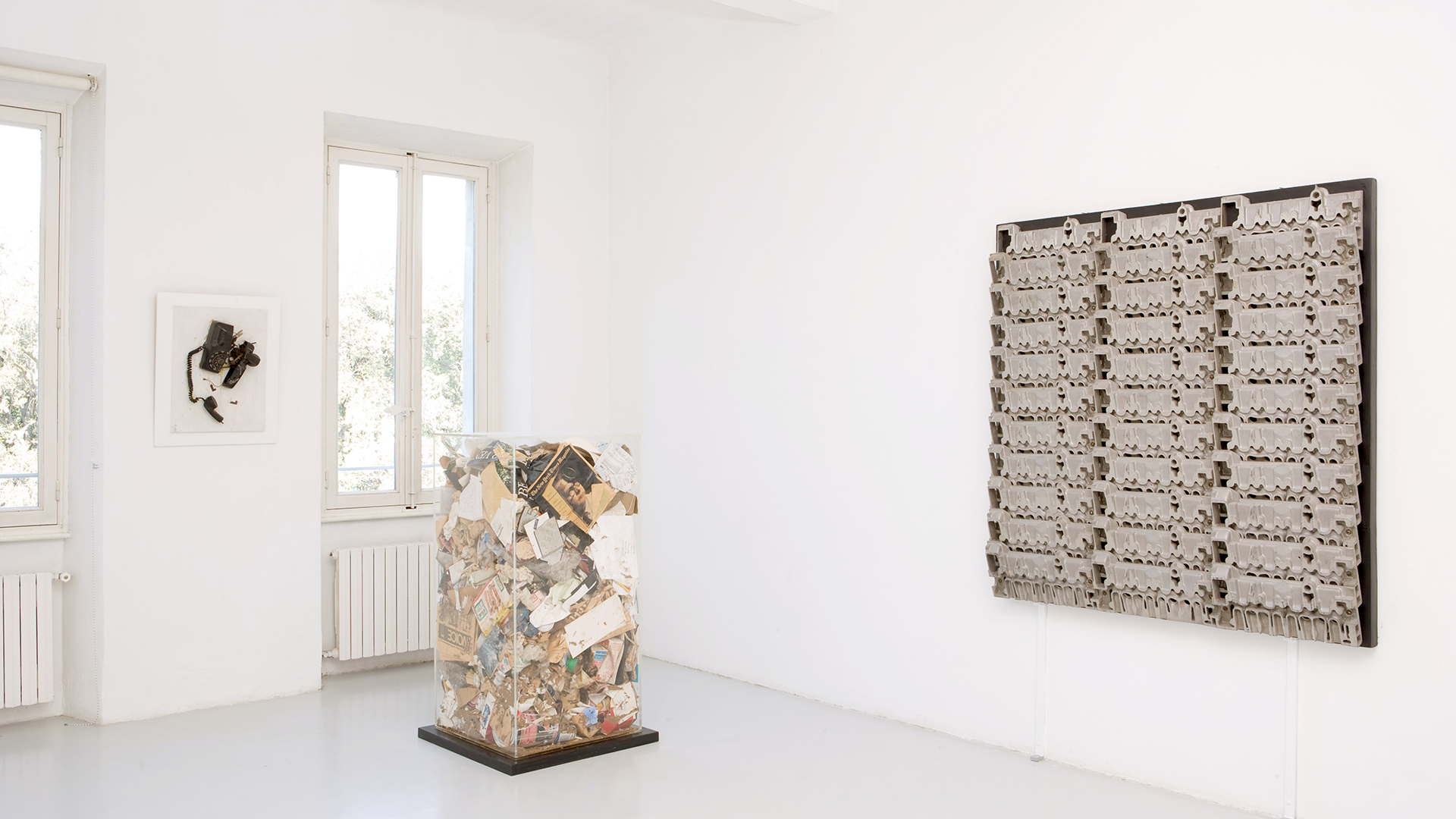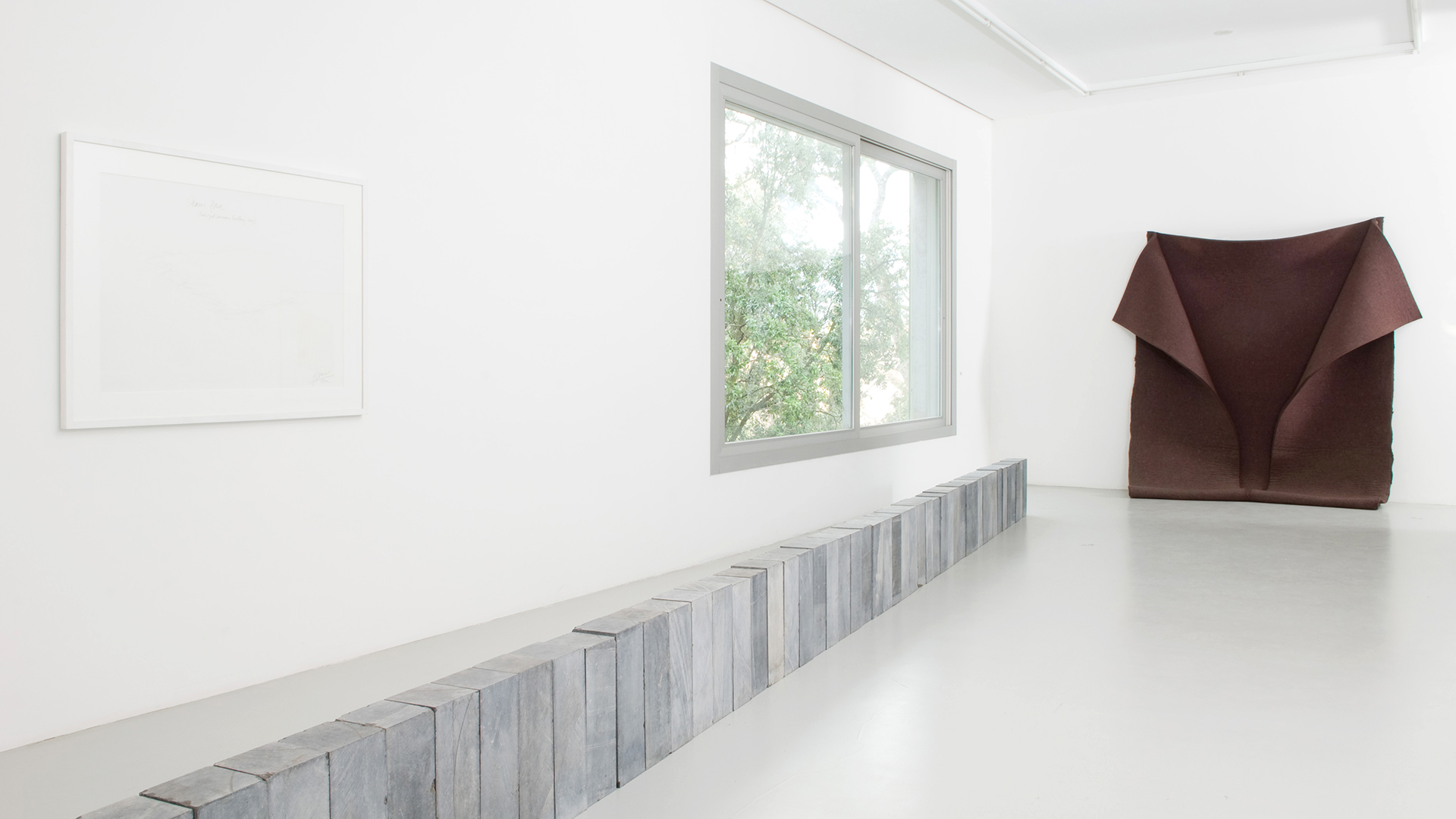STEFAN BRÜGGEMANN: INSIDE OUT
Curated by Jérôme Sans
On the special occasion of the 10th anniversary of the Venet Foundation, Stefan Brüggemann presents his second monographic exhibition in France, Inside Out. For this site-specific intervention, the artist boldly uses the gallery space in Le Muy as a sculpture, spray-painting words on the glass of the windows and ceilings, while creating new enigmatic entrances and exits with minimalist stainless-steel door sculptures. Known for his work which confronts paradoxical universes such as graffiti, Minimalist and Conceptual aesthetics, consequently unrolling a unique “punk minimalism” vocabulary, Stefan Brüggemann is concerned with language and “words that become images”, questioning the idea of the transfer or image of information. His “sign-images” reactivate the memory of an event, creating imaginary spaces and experiences for the public. Most often drawn from newspapers or film titles, the texts in his works are also sometimes crossed out, superimposed, intersecting the materiality of text with the plasticity of artistic language itself.
For this exhibition, Stefan Brüggemann responds to the history, tradition, and references of the Venet Foundation, which is home to Diane and Bernar Venet’s important collection of conceptual and minimal art. In the spirit of Yves Klein’s famous blue pigments which covered the floors of the Gallery in 2018, the Mexican artist proposes his own radical intervention, by painting for the first time directly on the glass windows, thus directing the viewer’s gaze outside. Challenging the white cube tradition, he inverts the position of the exhibition usually conceived to be seen and experienced within the confine of its walls. His bold gesture seems to subtly and ironically play with the classical tradition imbedded in art history which saw painting as a metaphor for the window of the world.
While being formally connected to minimalism, with his stainless-steel sculptures nodding to Donald Judd and Robert Morris, amongst other artists of this movement and generation, Stefan Brüggemann’s work conceptually raises different questions by moving away from the minimalist tradition of making art for art’s sake. Rather, he focuses on life, on the political, the social, the existential. His work, as he puts it, “creates doubt about humankind” and reflects upon the ultracontemporary, frantic, accelerated society of Today where the line between reality and fiction, fact and speculation, information, and sensationalism, becomes increasingly blurred.
His on-going iconic series Headlines and Last Line in the Movies (Inside Out), initiated in 2010, a key part of his intervention for the Venet Foundation’s summer exhibition in Le Muy, uses headlines from current newspapers and last lines from dramatic movies, which he spray-paints and blends together haphazardly. These sentences – updated each time the series is produced – invade the entire space, going so far as to reach the ceiling windows, as if erecting the new cathedral of the post-digital age, where information is infectious, idolized, worshipped, yet nearly illegible in the face of its overabundance. Calling upon the new era of uninterrupted content, his cathedral of graffiti proclaims overflowing, boundless, noisy information as the new religion of our time.
Through deconstructing language, extracting text from its context, his work appears like a modern, accelerated version of Brion Gyson and William S. Burrough’s cut-up technique, which sought to rip through the surface of language to expose its underlying mechanisms of power and control. Stefan Brüggemann, much like the two Beat Generation artists before him, explores how language is distributed and the ways in which words are appropriated to make sense of the world. Forming a sort of surrealist exquisite corpse, his scribbled texts embody the abnormal, almost nonsensical overabundance and proximity of media and entertainment today, transforming news into our daily drama. By merging newspaper headlines with famous lines from movies, Brüggemann’s work particularly resonates with the era of fake news, of increasingly capable AI and of the great unknown of the vast digital ocean in which information entirely beyond one’s control and reach.
By saturating information and overlapping words in the manner of a palimpsest, the artist precisely hints at the ways in which information is received and commented on in a society which sees new content being produced and diffused every microsecond. In doing so, he explores how society is shaped through the news media, information and movies: “Movies shape human behavior; they tell you how to cry, how to express yourself, how to lead a lifestyle which is successful or not, while the media manipulate the perception of how the world adapts to the present day. And those factors are the ones that subliminally shape the individualism of today. » Invading Le Muy’s Gallery, its walls, its windows, the hastily sprayed words seem to recall William S. Burrough’s iconic slogan “Language is a virus”, whose resonance is stronger than ever today, in light of the speed at which words spread with digital tools.
This iconic spray-paint series works alongside another emblematic element of Brüggemann’s vocabulary: stainless-steel doors, located both inside and outside. Within the exhibition space, a door emulates a fire exit in a gallery or museum. A metaphor for another world, another dimension, this piece also becomes a symbol of mystery here, playing with the unknown of what lies behind and the ambiguity of its status as an artwork. By simply placing this door in its usual, believable place, the artist plays with the notion of the ready-made, flirting with the border between reality and fiction. The material and its mirrored effect also invoke the notion of speculation in reality. Reflecting the viewer, the door becomes an existential question: “The work always reminds you that you’re free but you’re not free of yourself. It is a trap.”
Extending the exhibition space to the outside, another door is enigmatically placed within the Sculpture Park. Revolving, the work reflects not only the viewer but the world around it: the sky, the colors, the surroundings constantly change to the rhythm of the door’s rotation, alluding to the frantic rhythm of today’s world and its constant fluctuation. A nod to Duchamp’s Porte, 11, rue Larrey, a door that always remained both open and closed, this work floats between two spaces, embodying an ironic and existential situation: “the idea is that when you close the door, you never know if you’re out or in.” Stefan Brüggemann seems to tell us that even if transition happens, the result is the same, as though declaring an absurd state of immobility within continuous movement, challenging the very notion of modern progress.
To conclude, “Inside Out” creates a path around the Venet Foundation’s space in Le Muy, with aggressively and rapidly spray-painted words scattered through the space like silent screams, and doors like imaginary passageways leading into oneself. Through blurring certainties between what is real and what is fictional, and asking existential questions on where humanity is going, Stefan Brüggemann investigates how we make sense of the world and the tools we use to constitute knowledge and reality.
Photo: Courtesy Venet Foundation ©2024 Stefan Brüggemann
